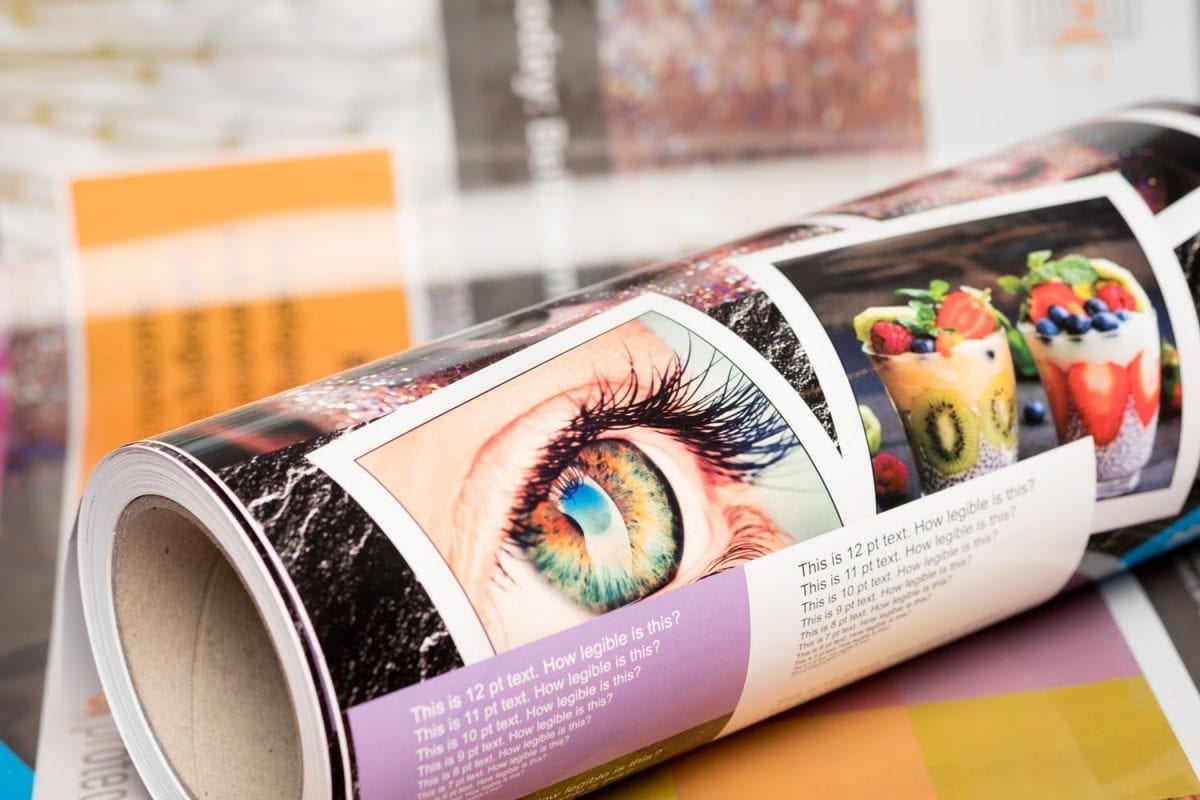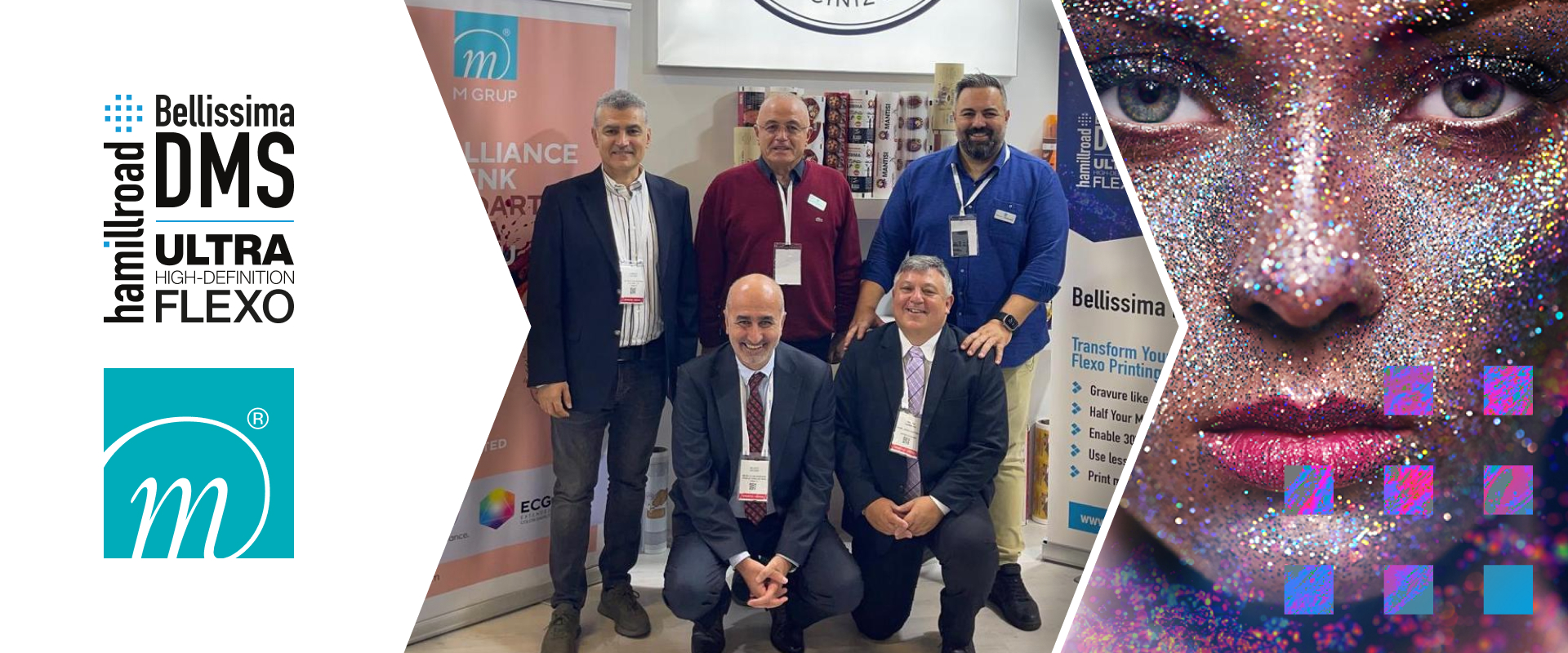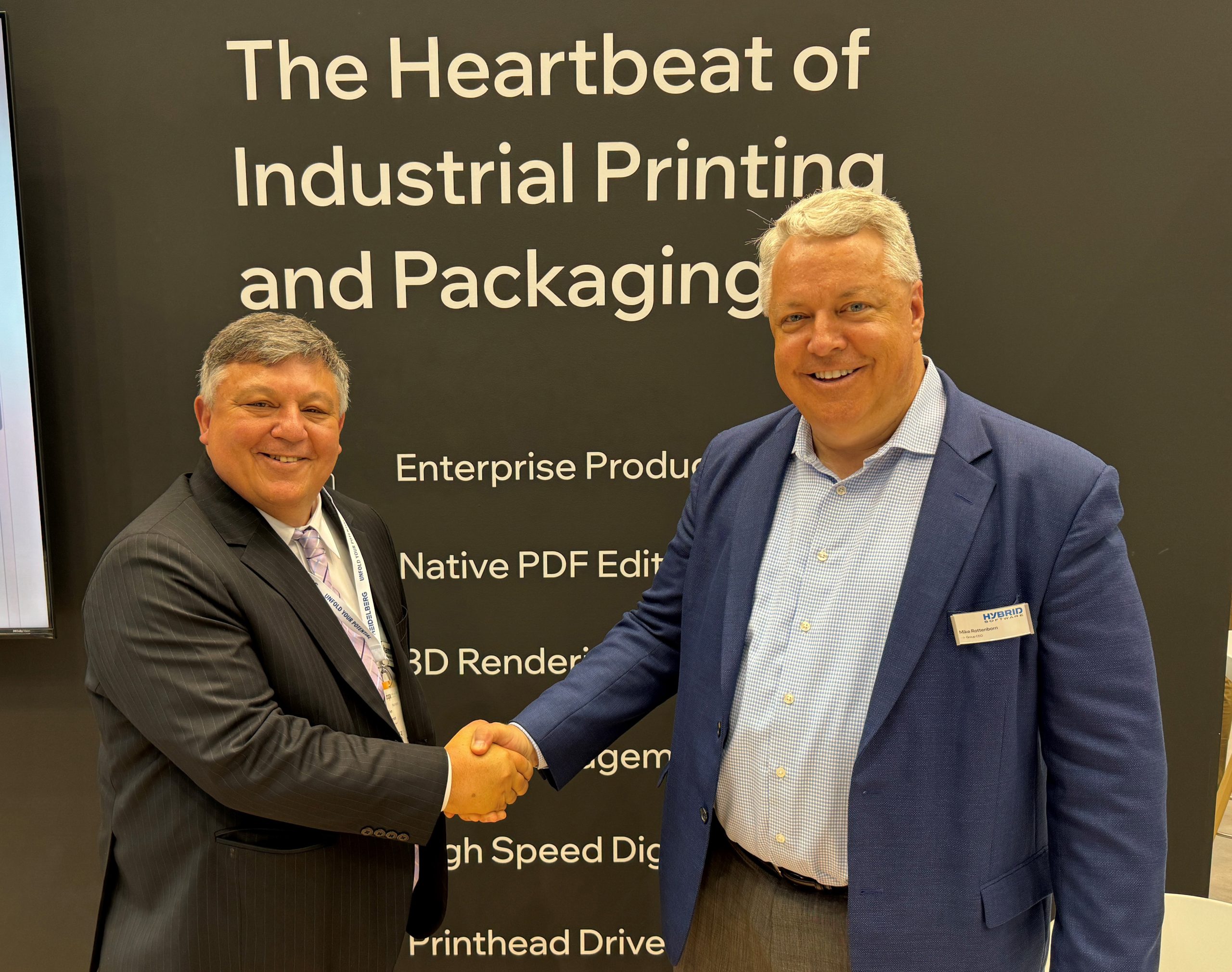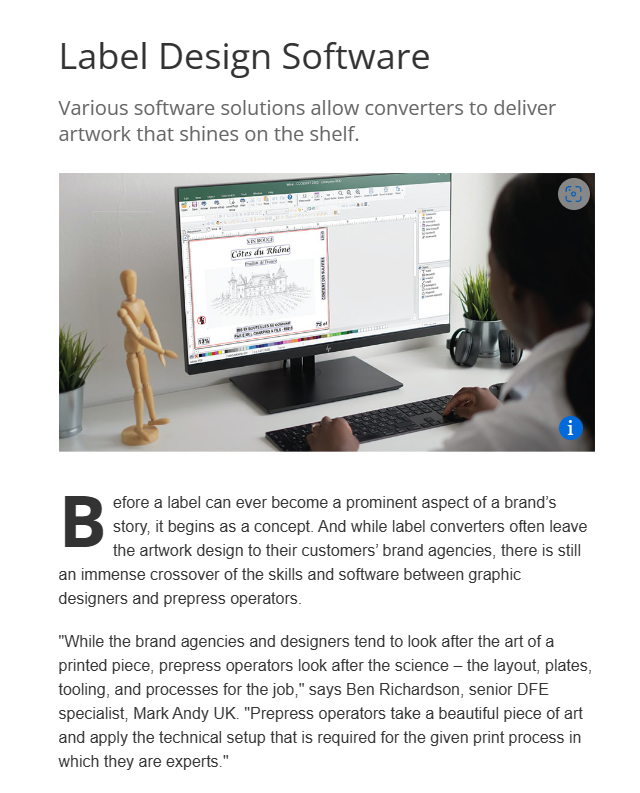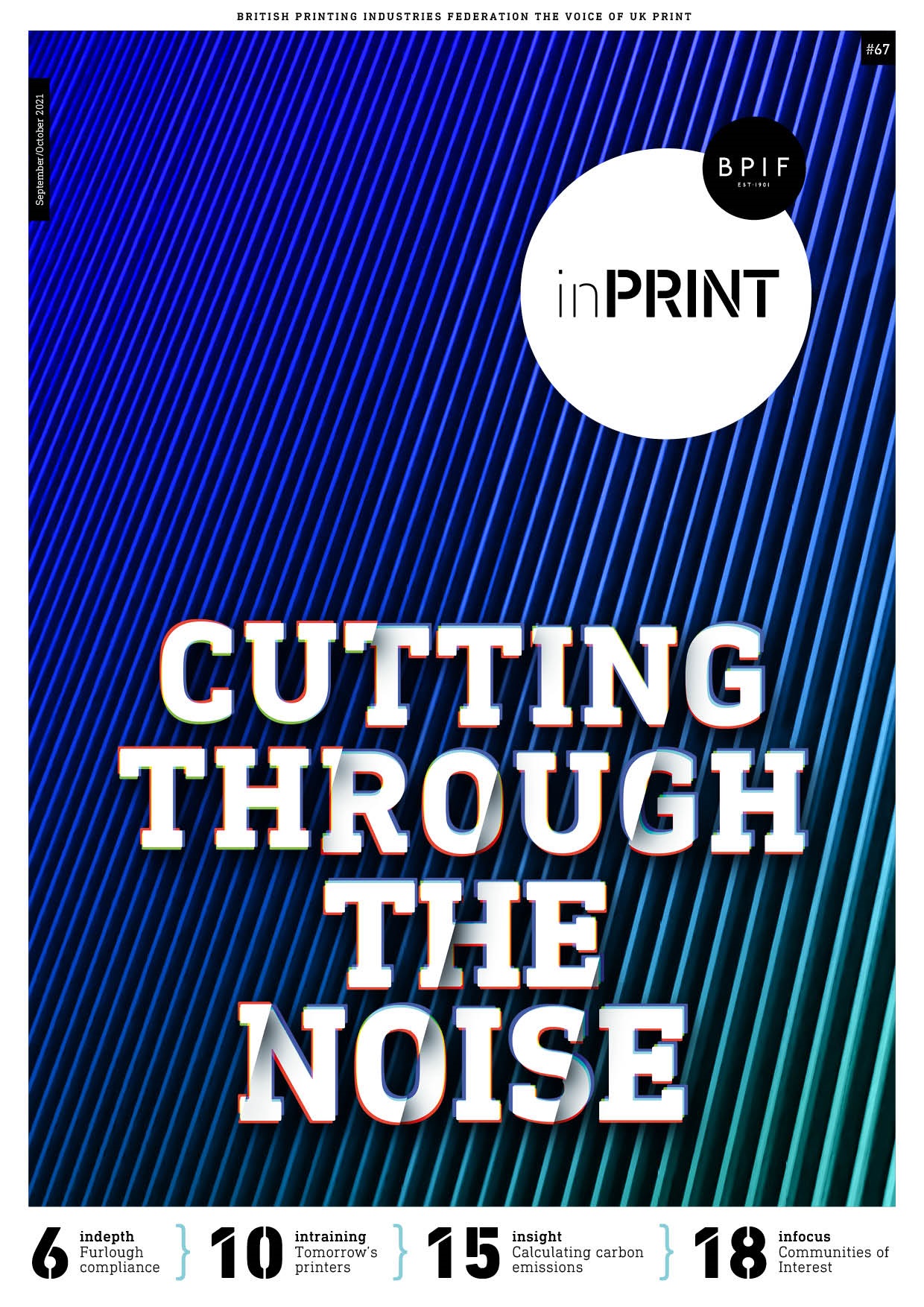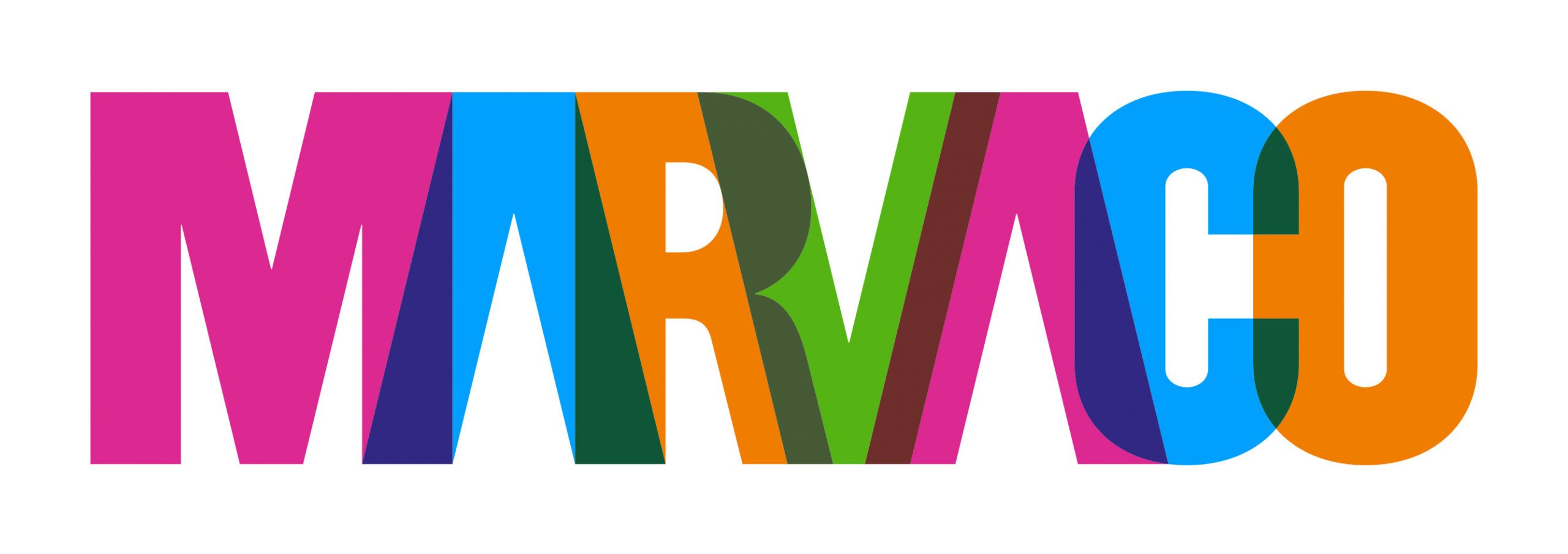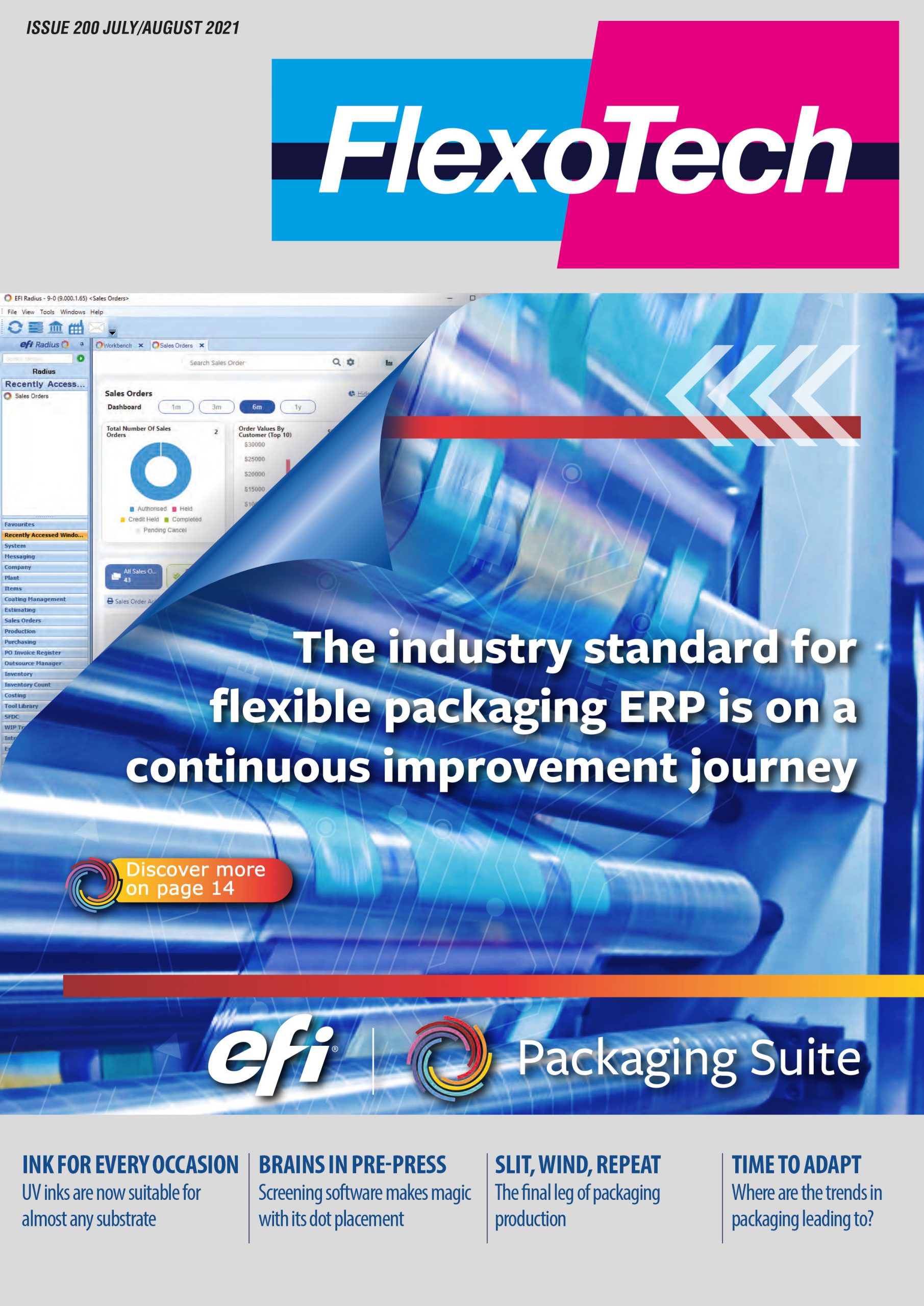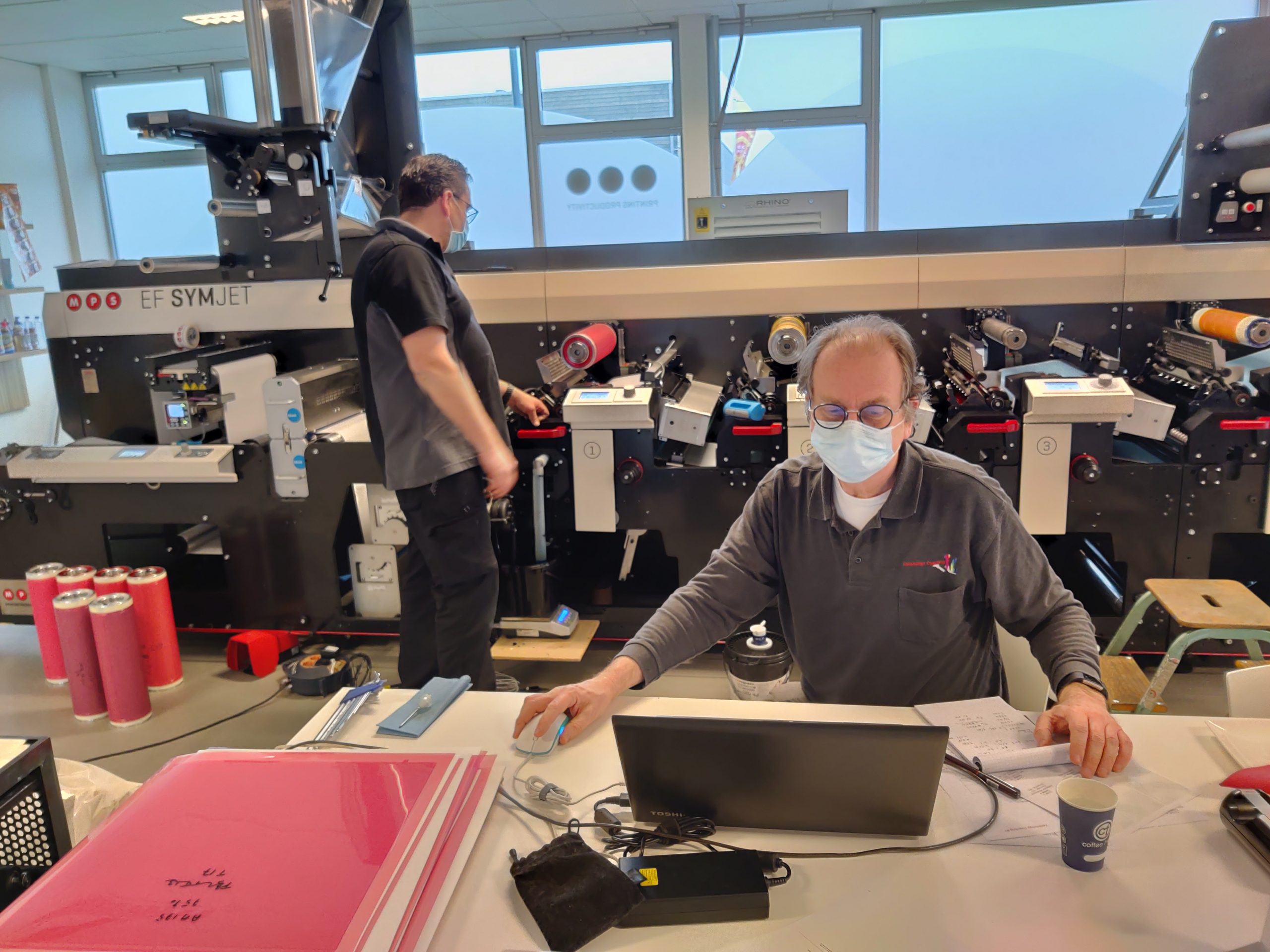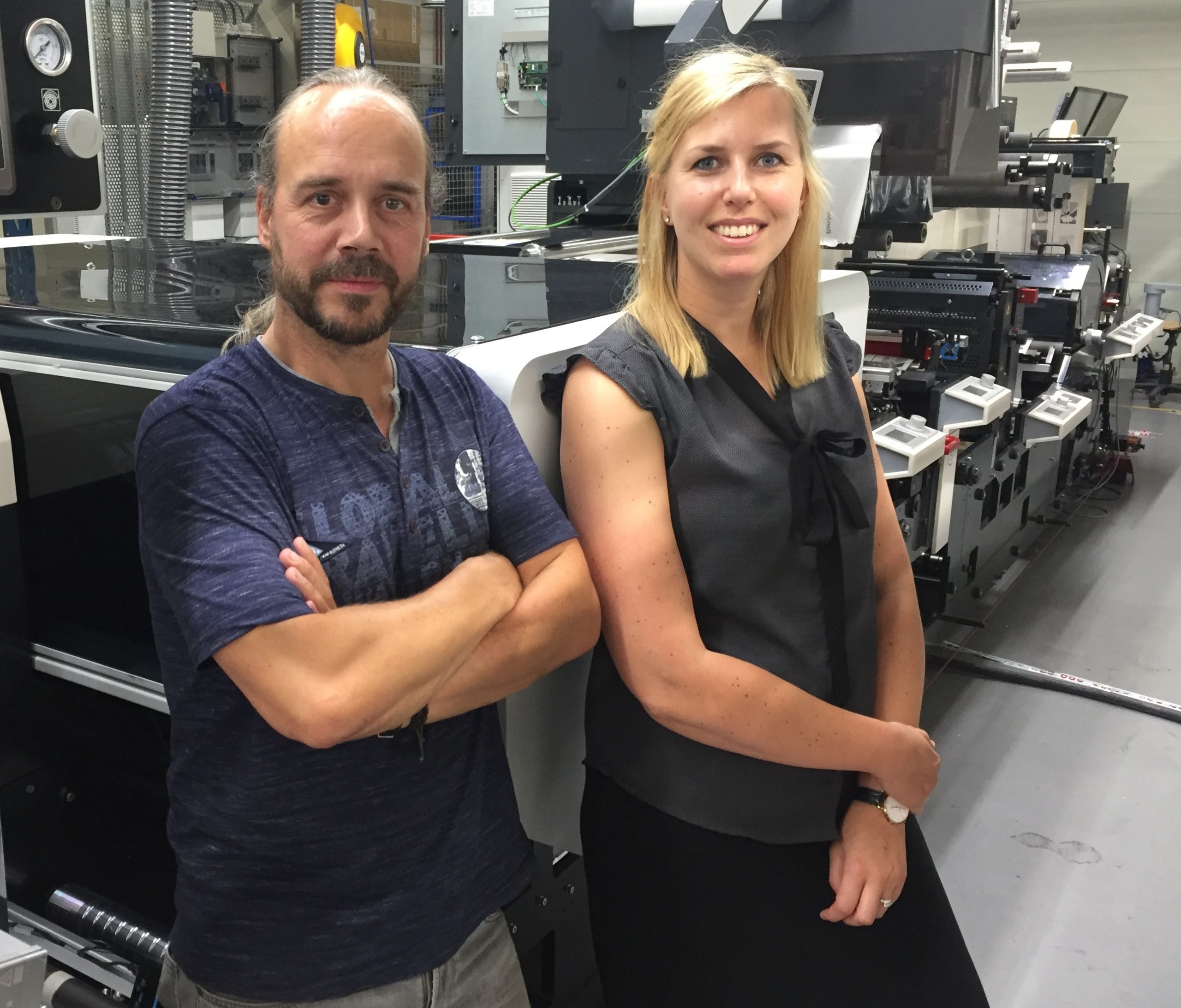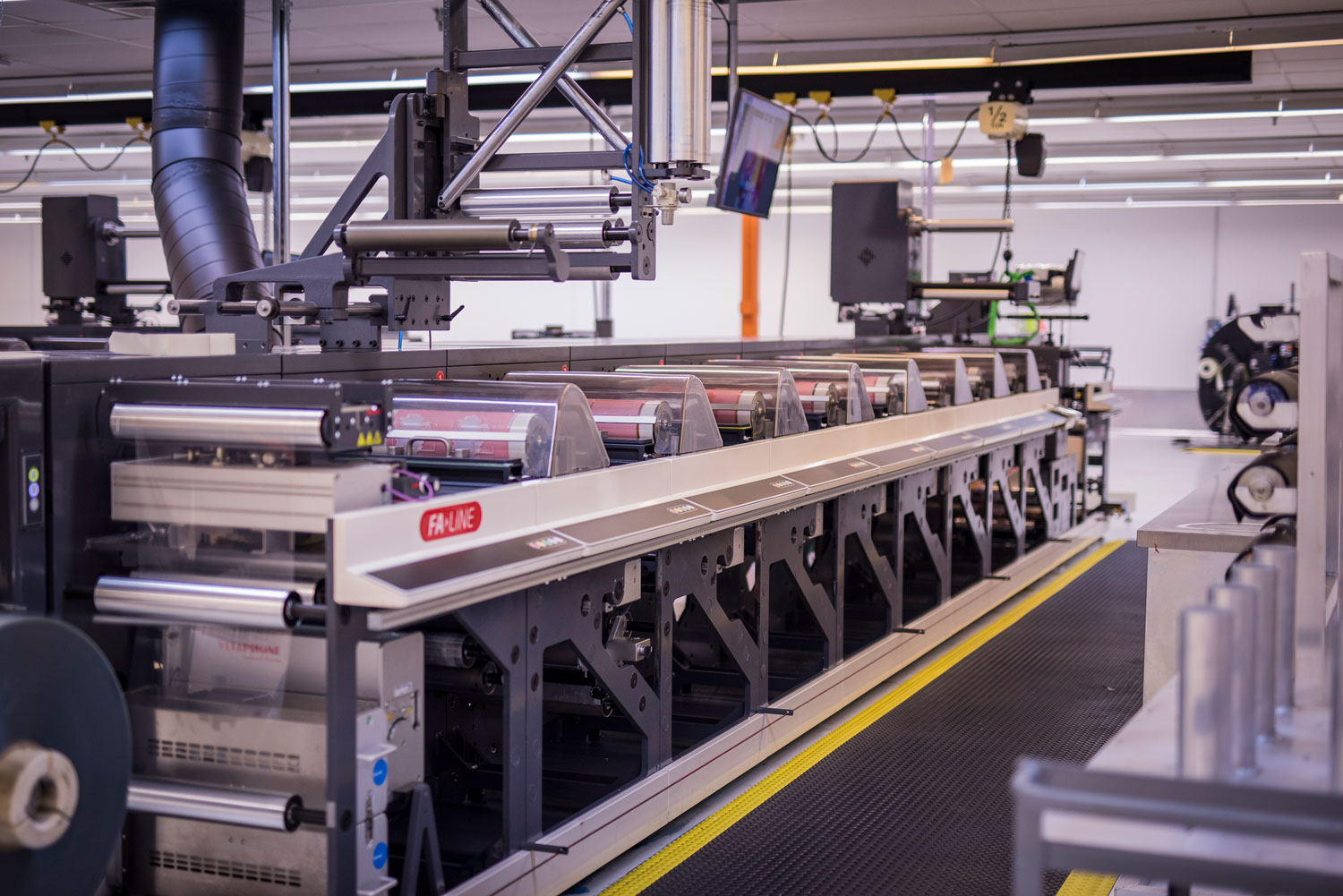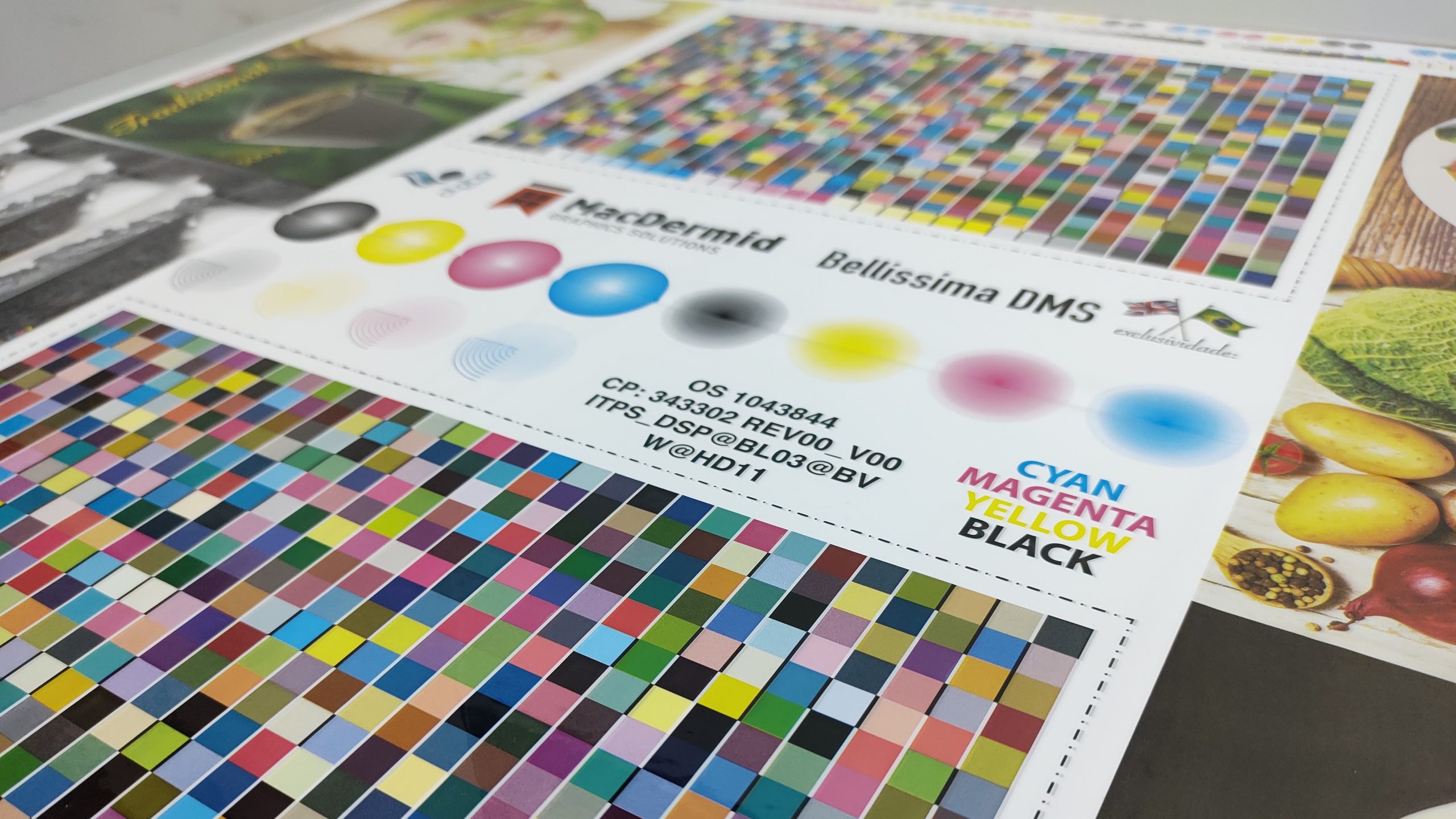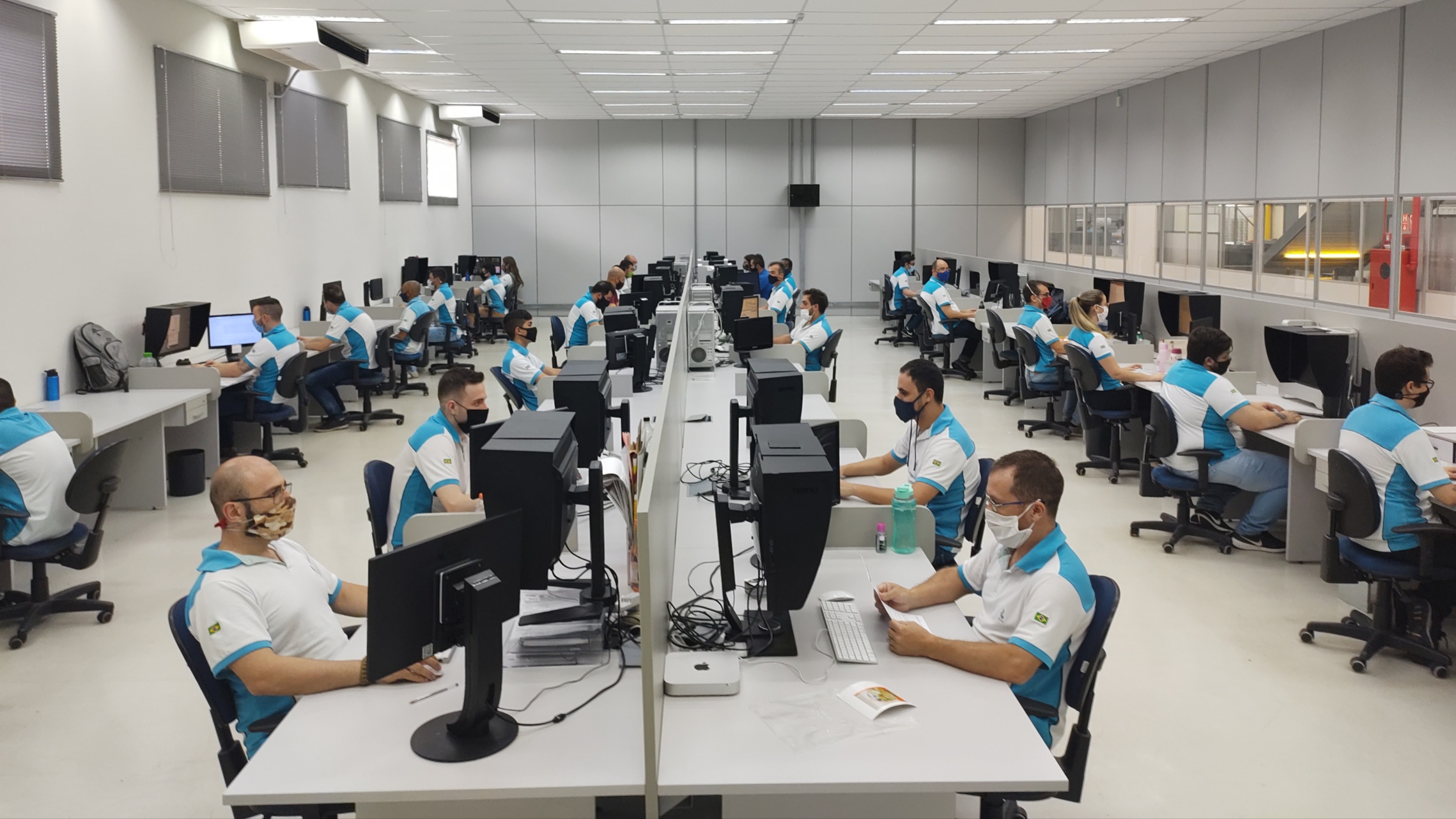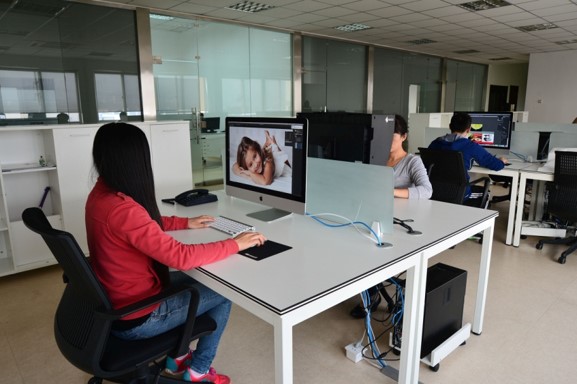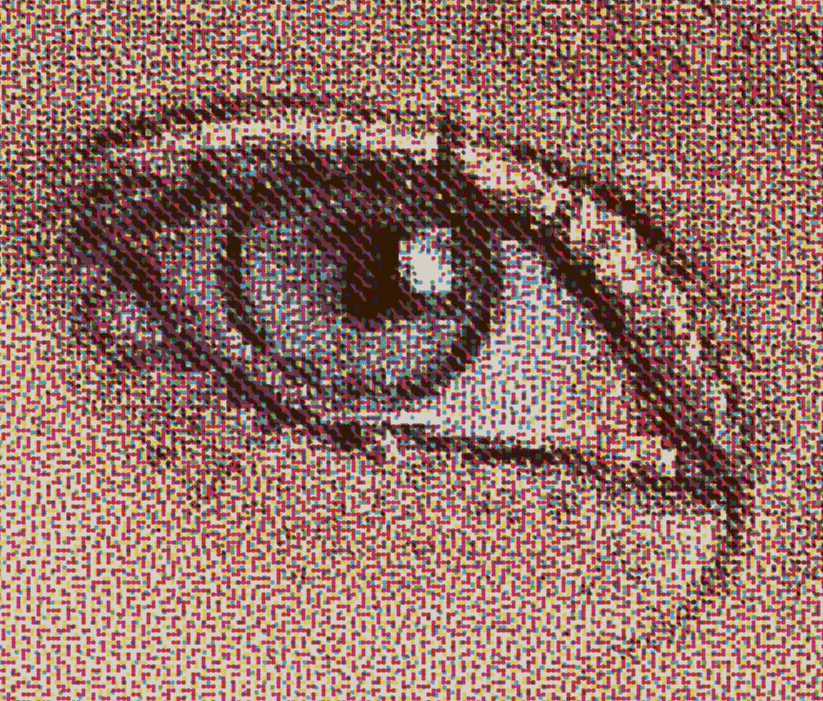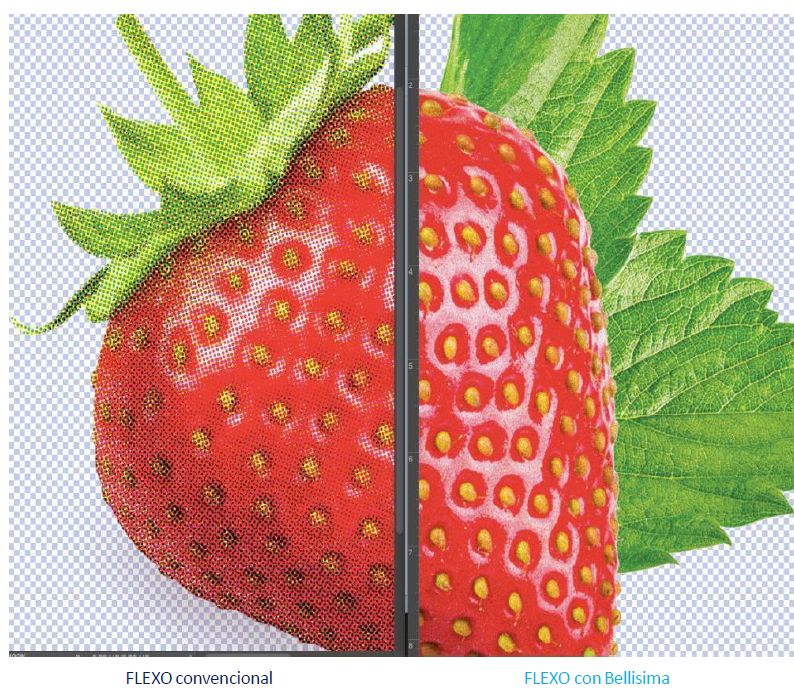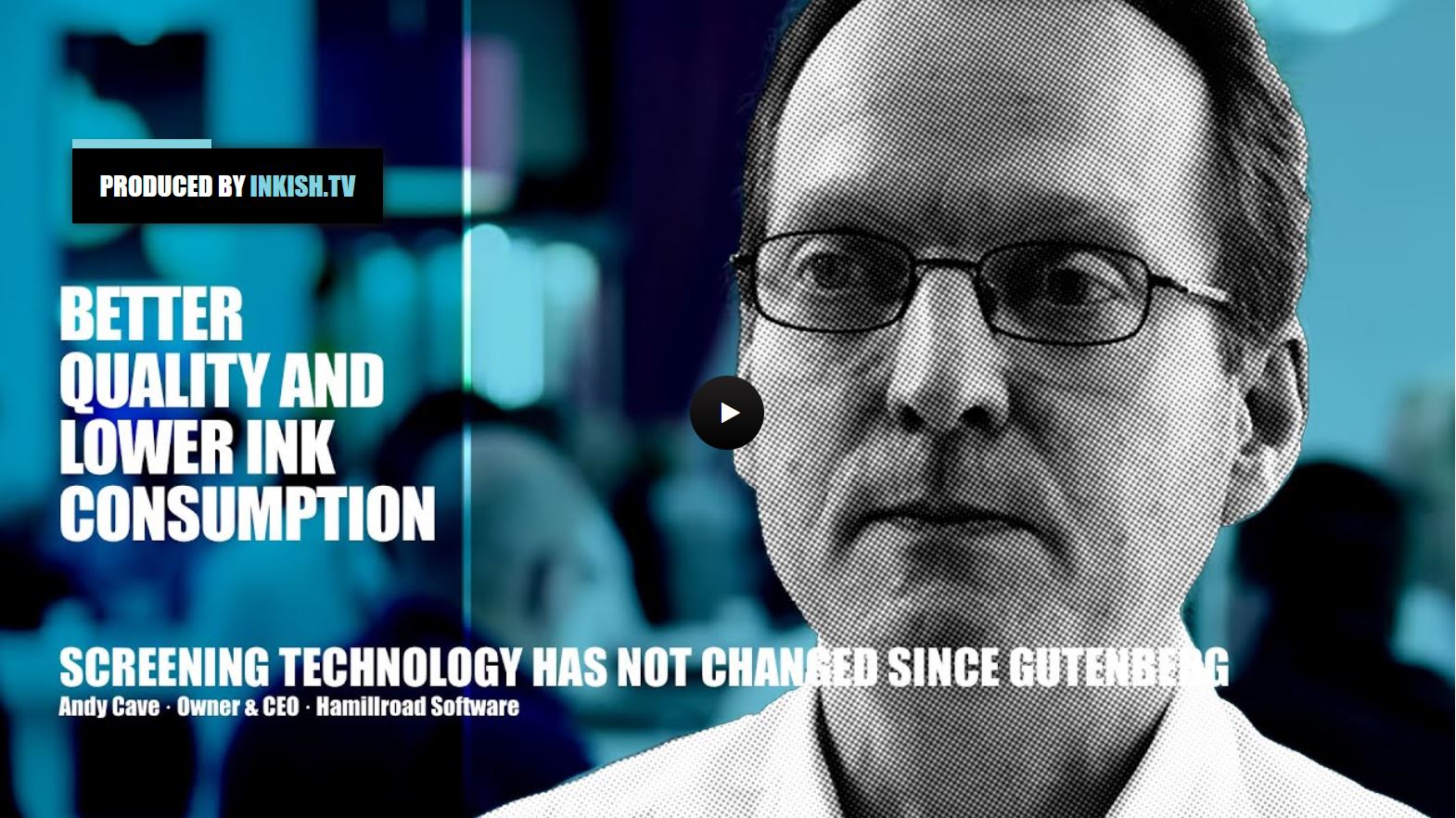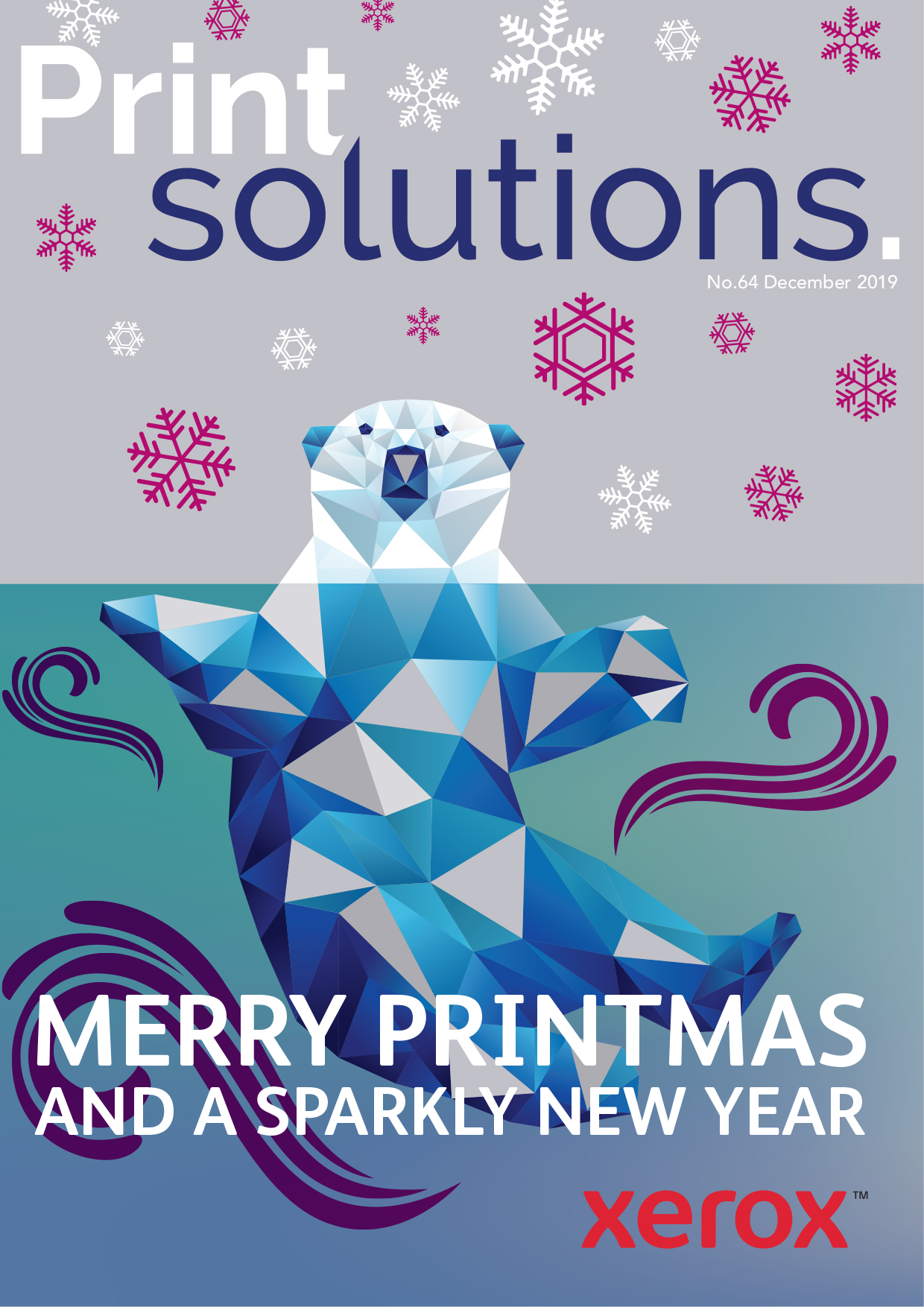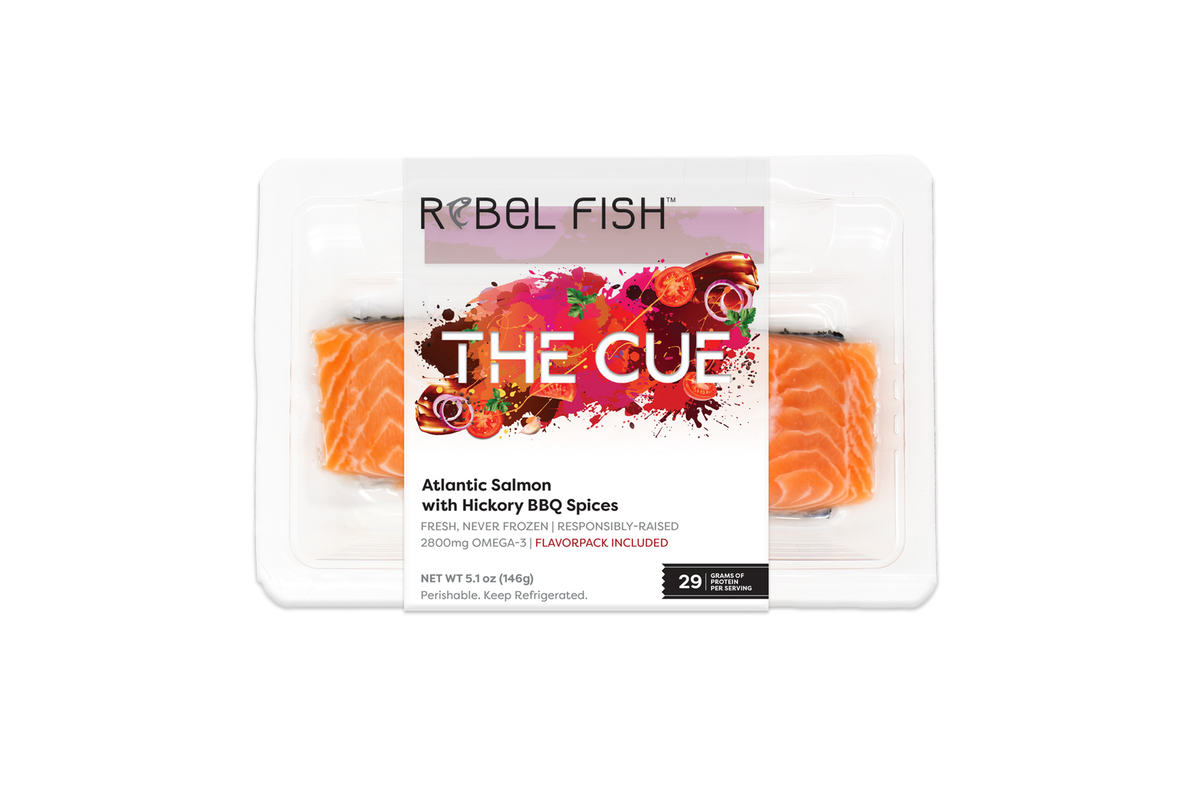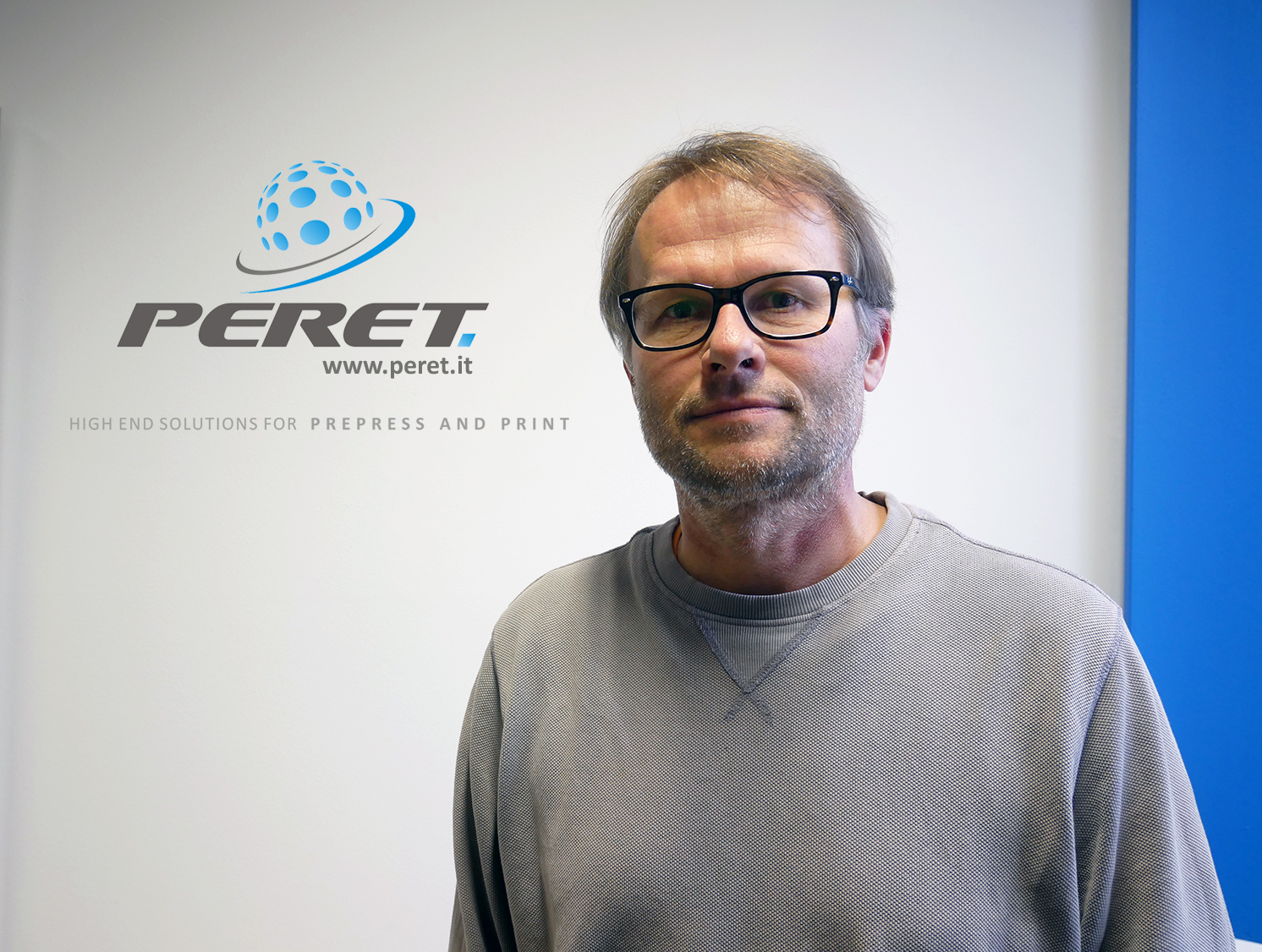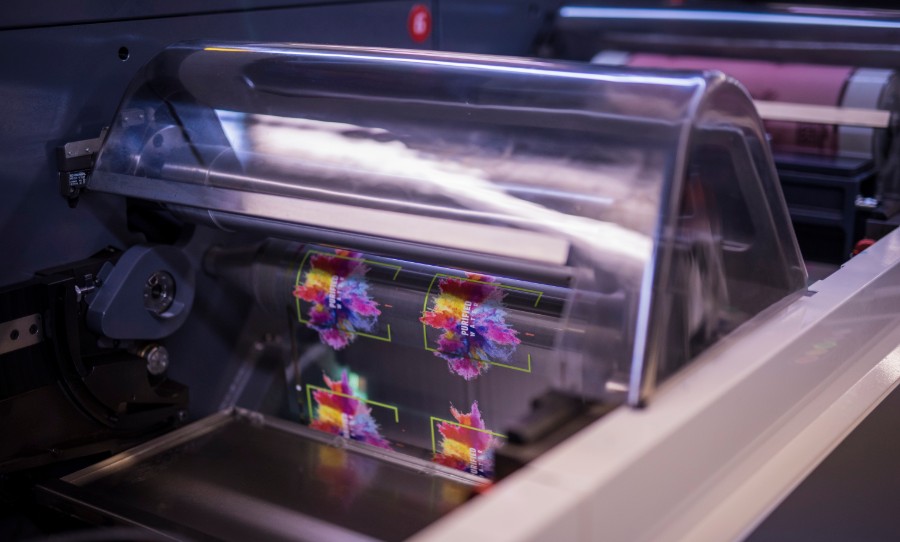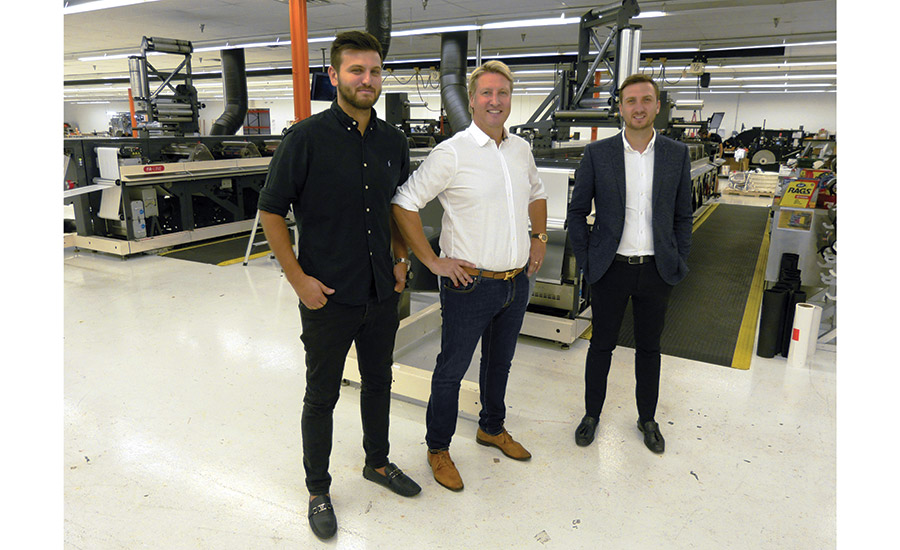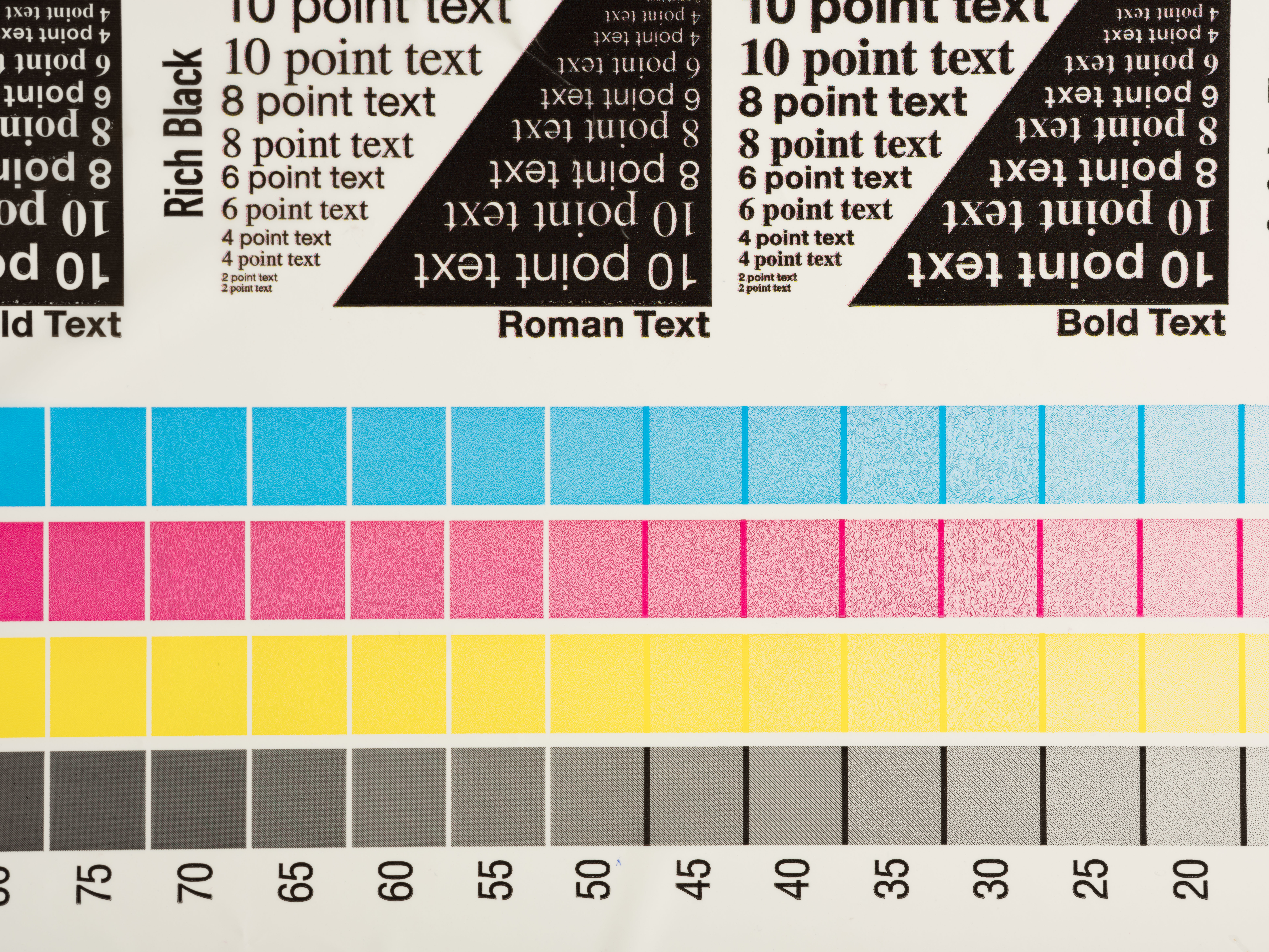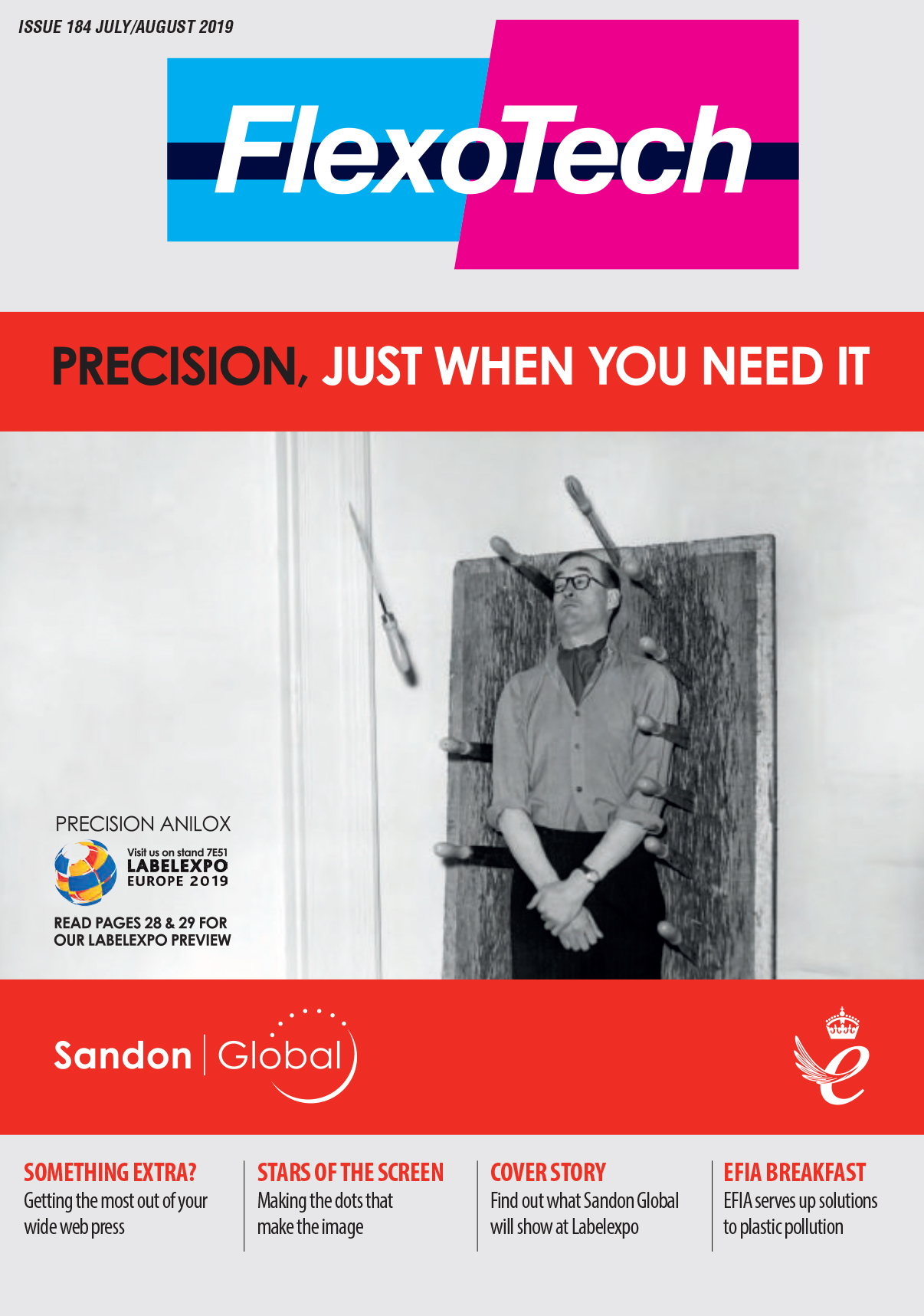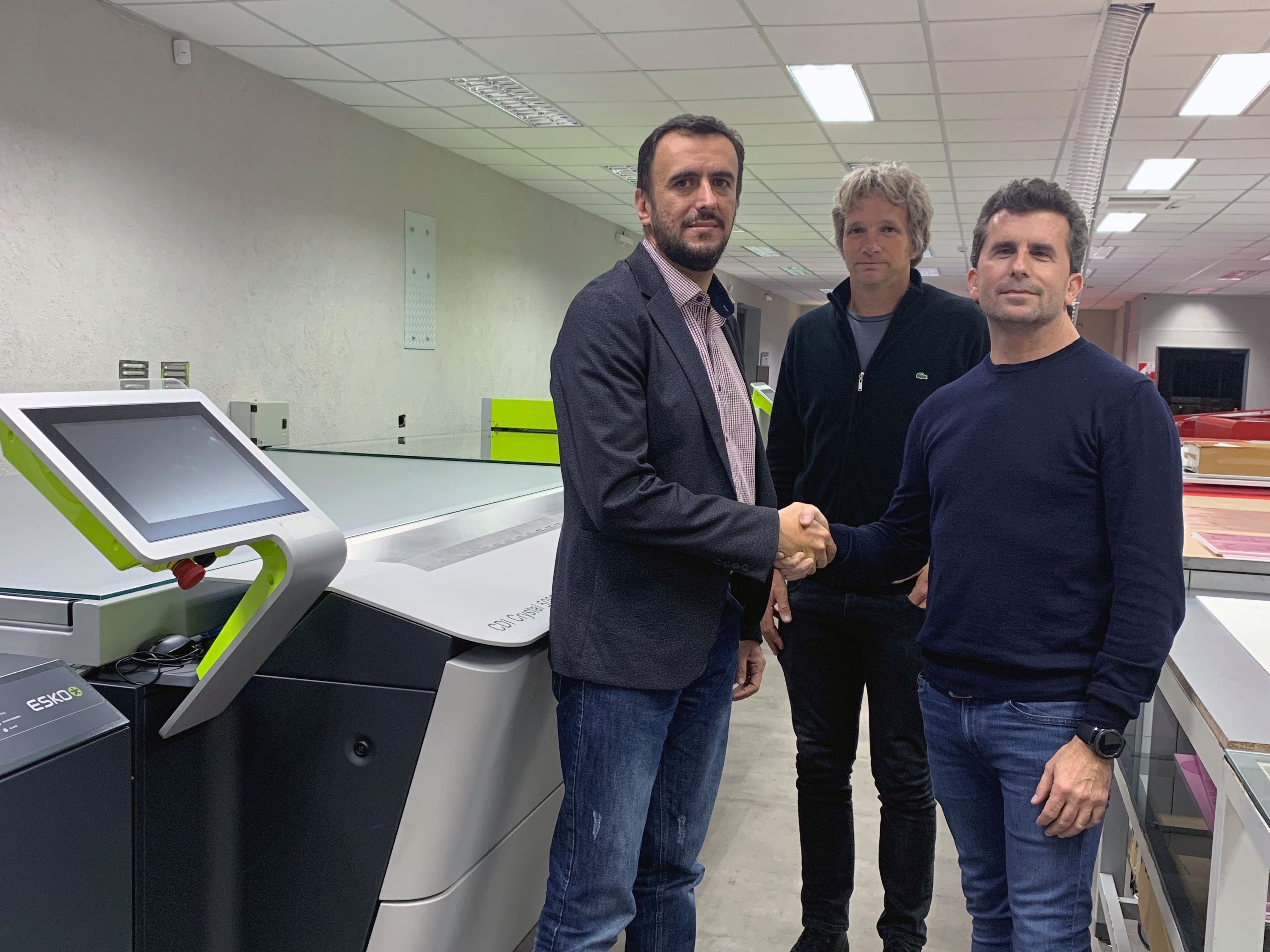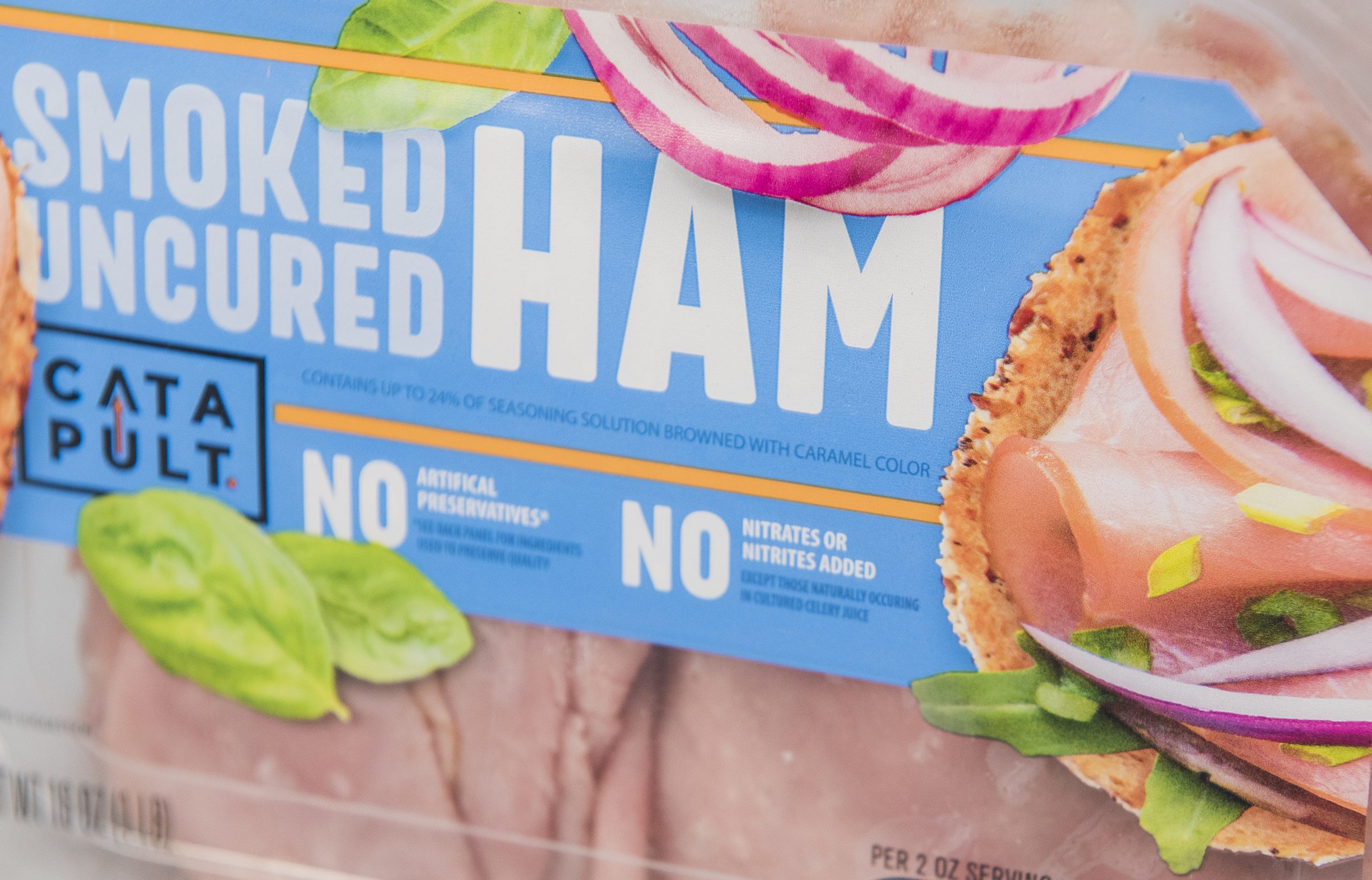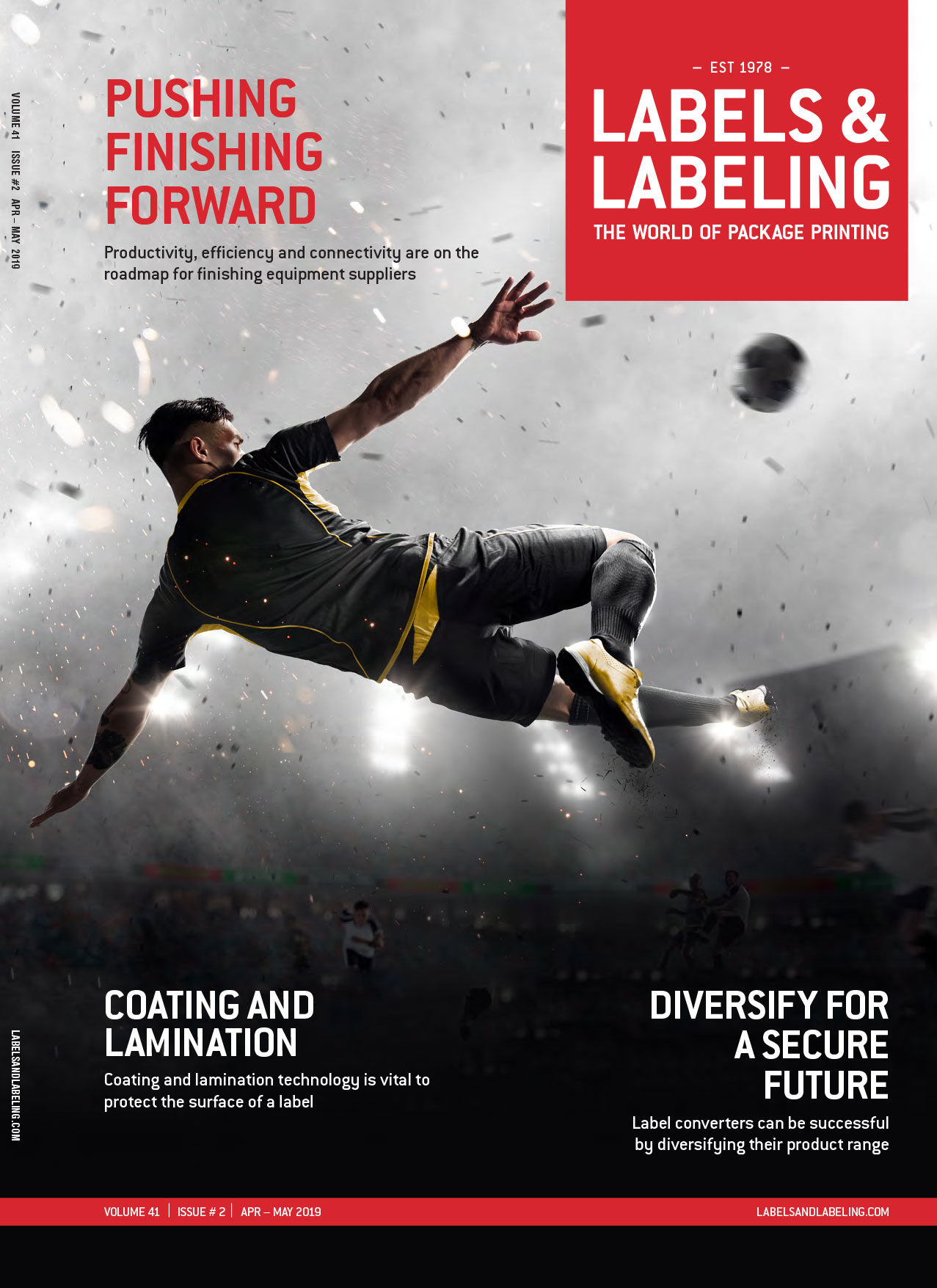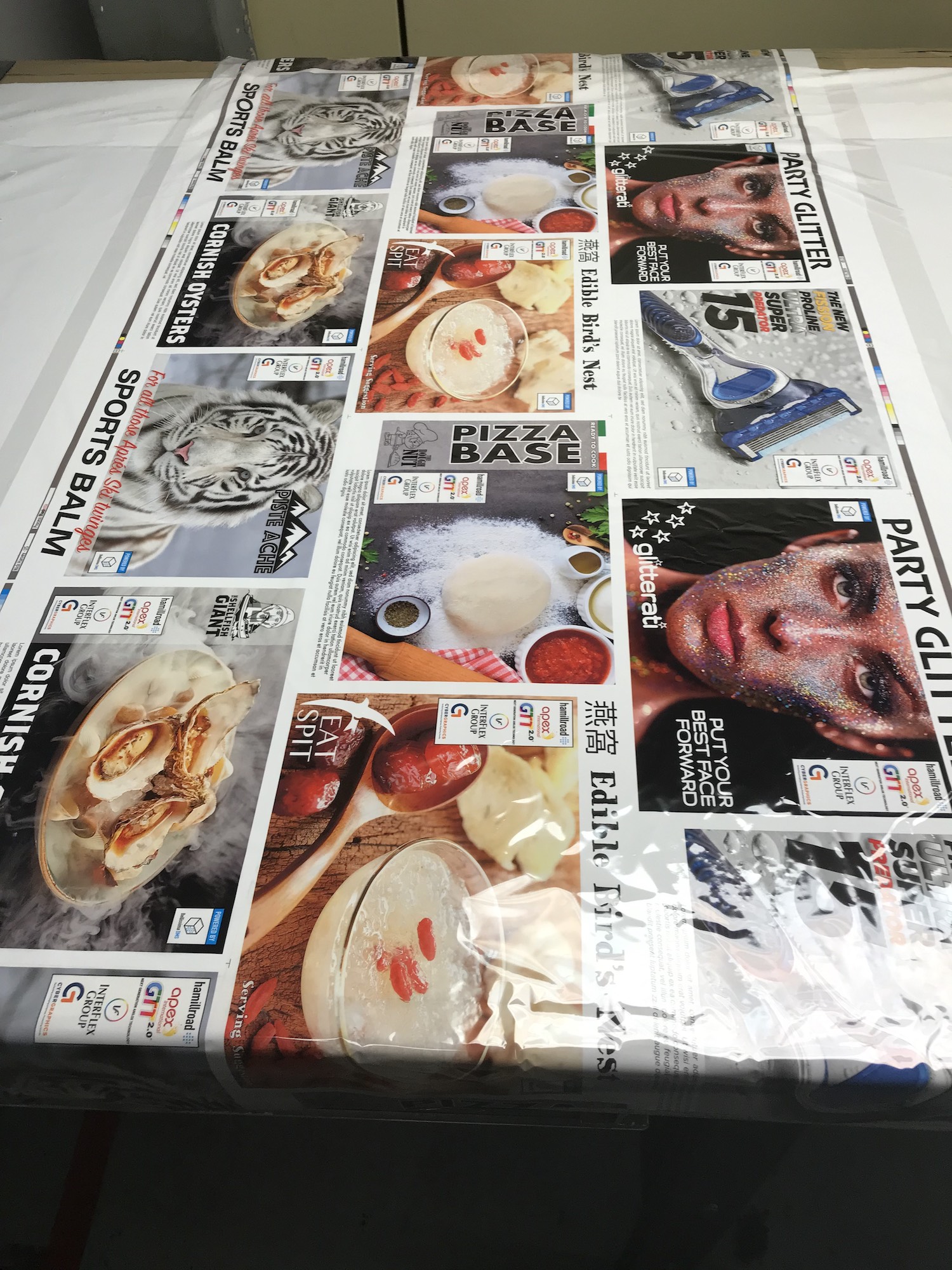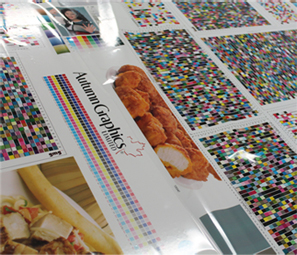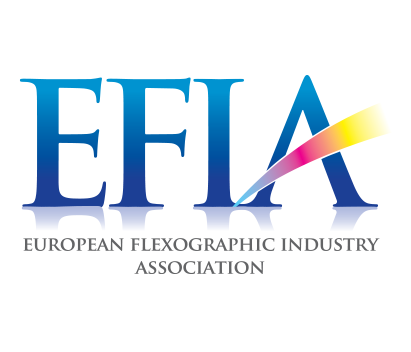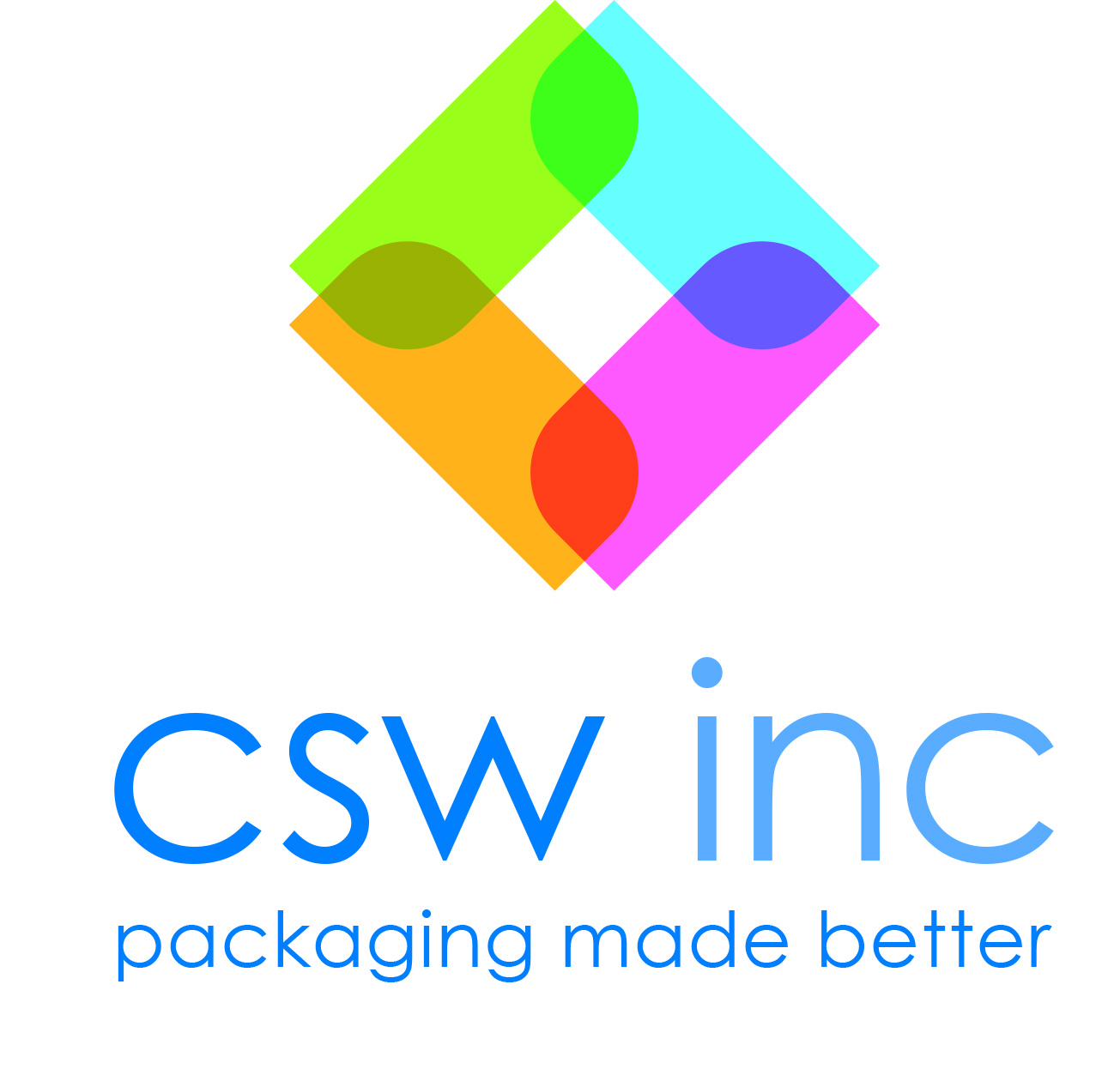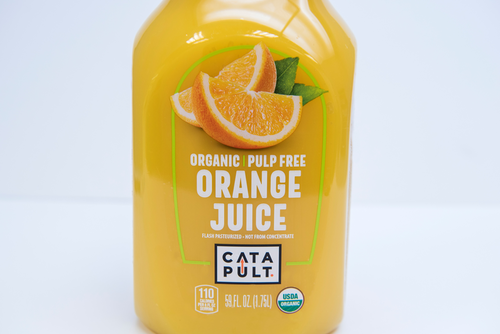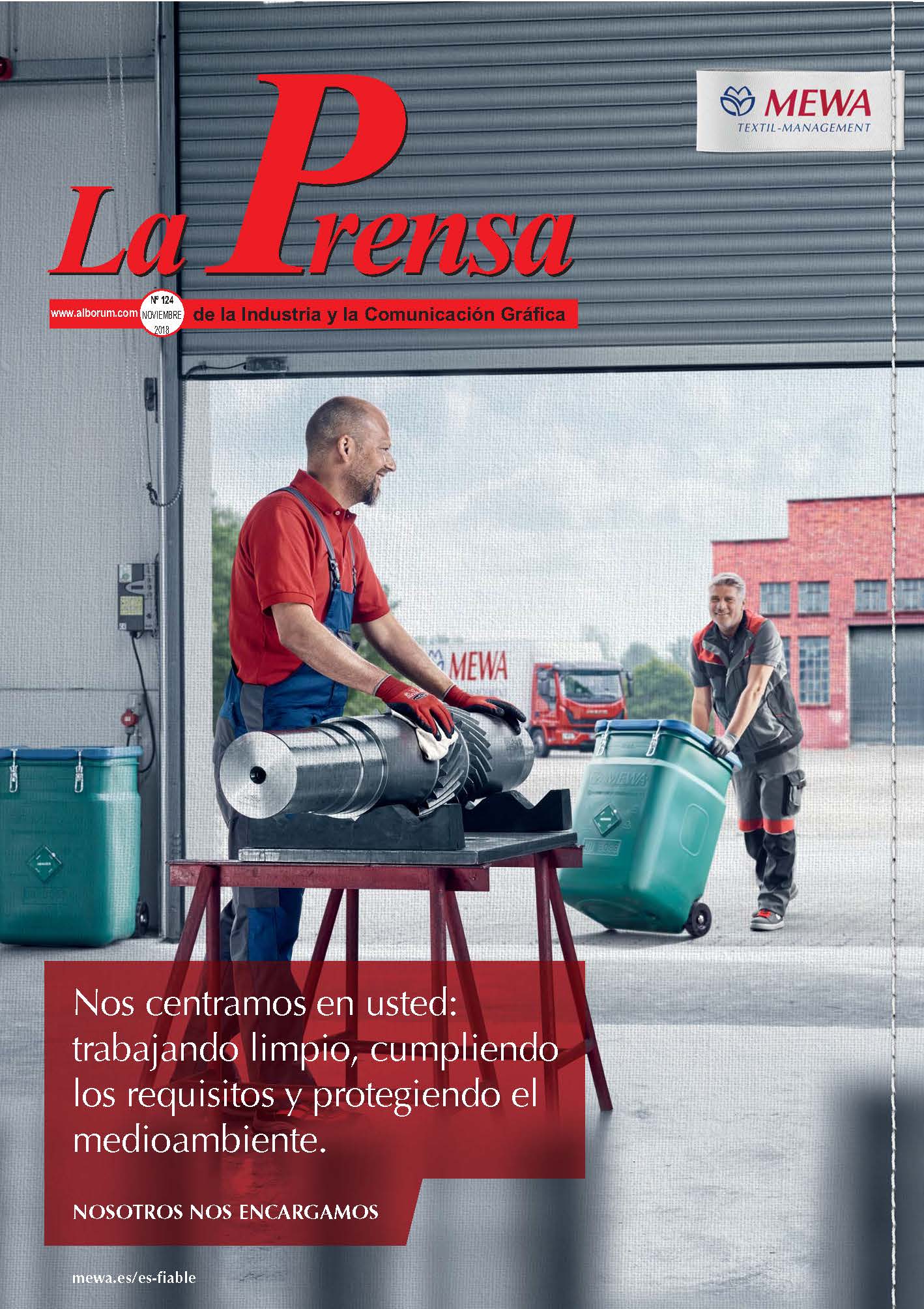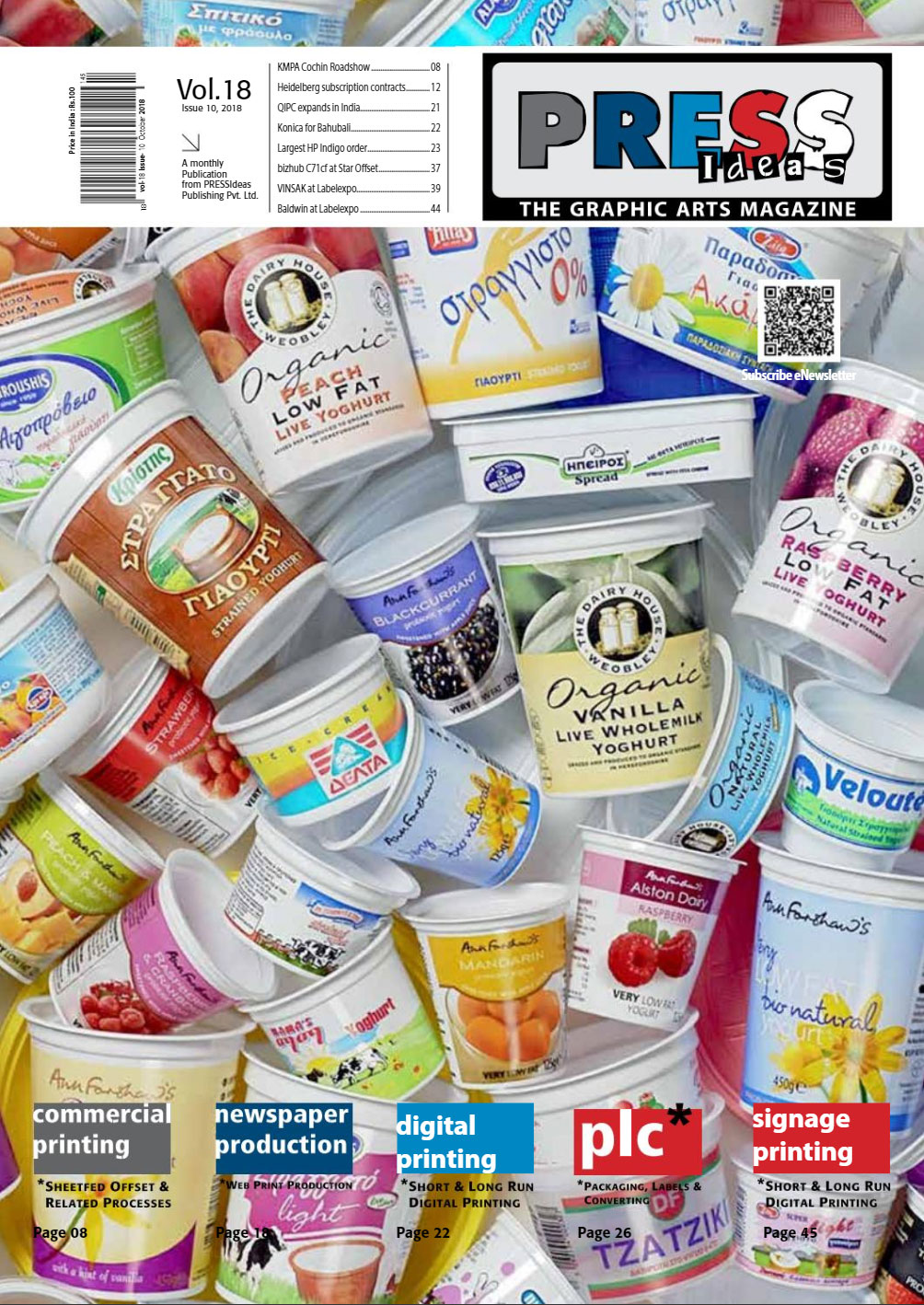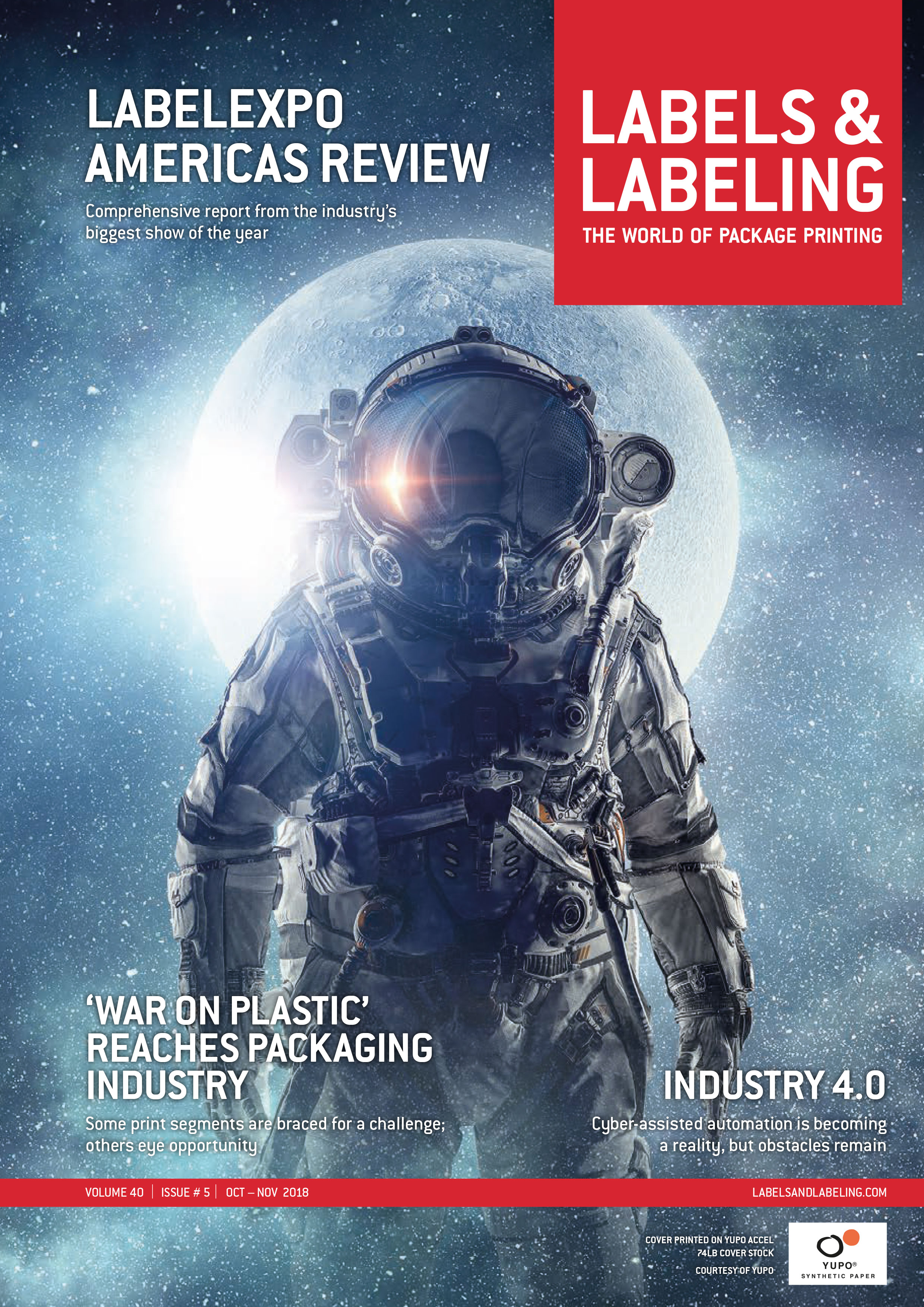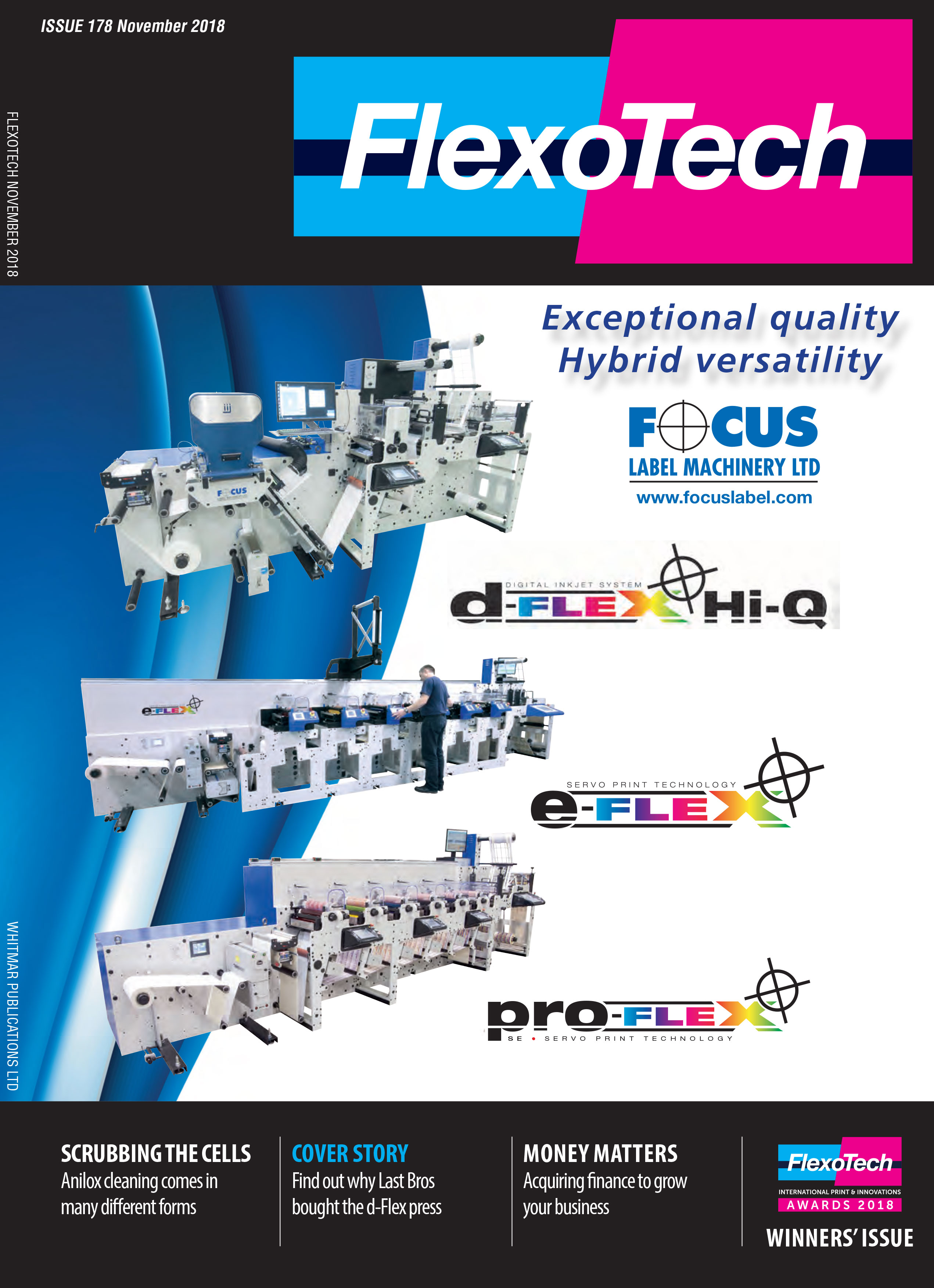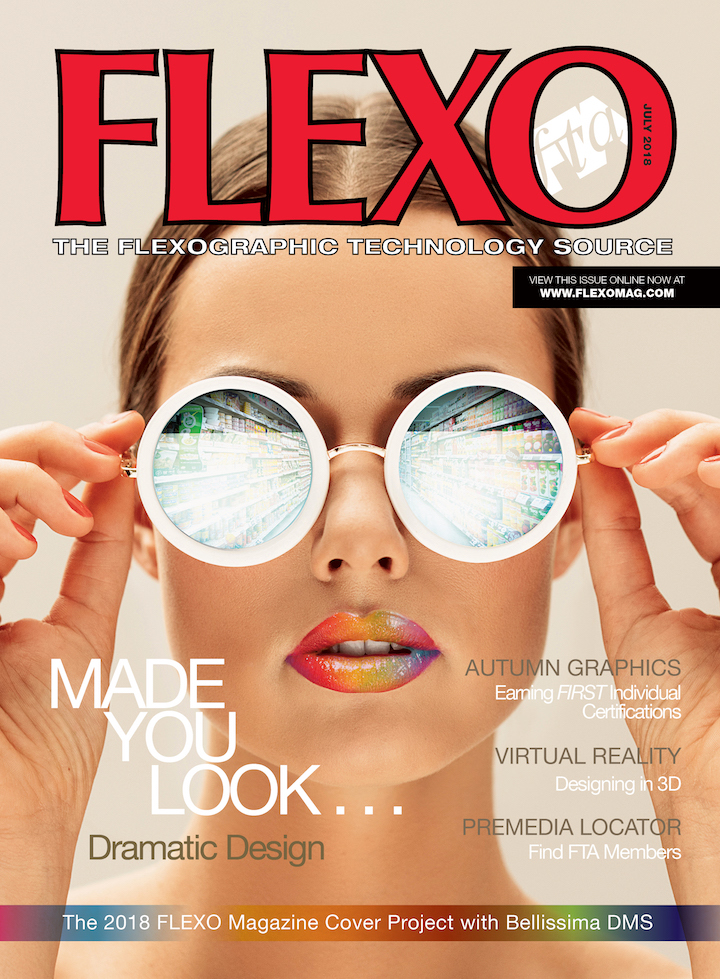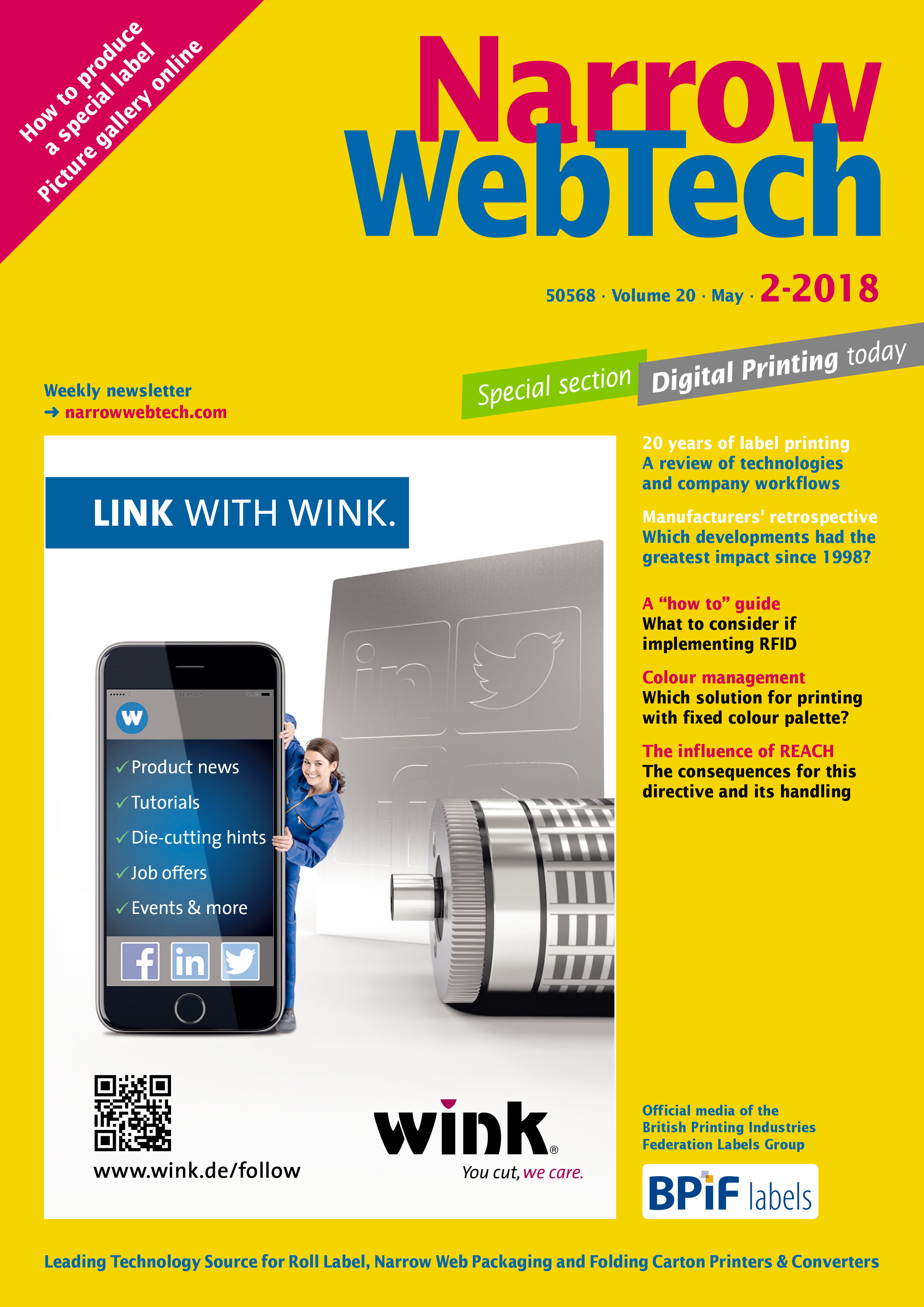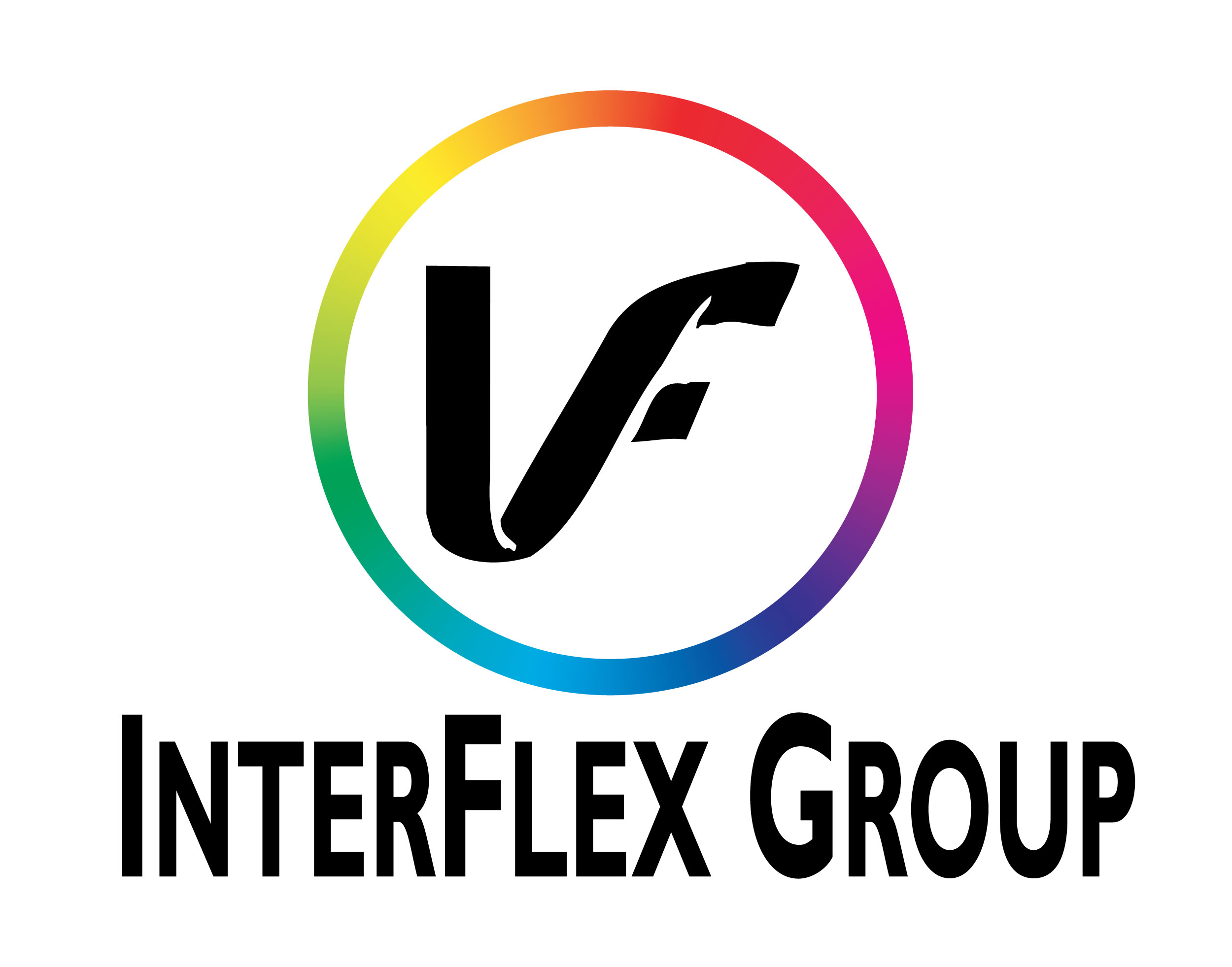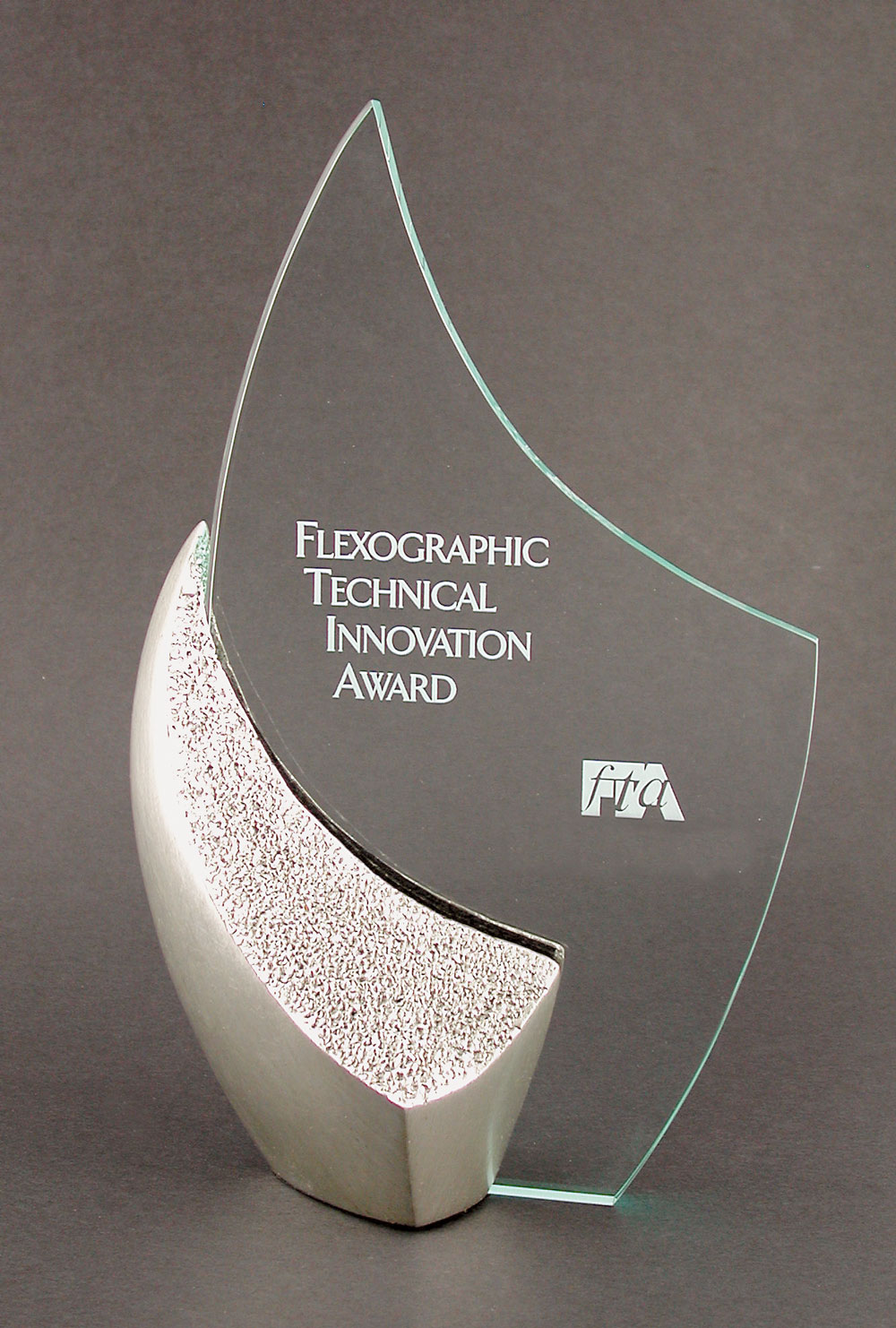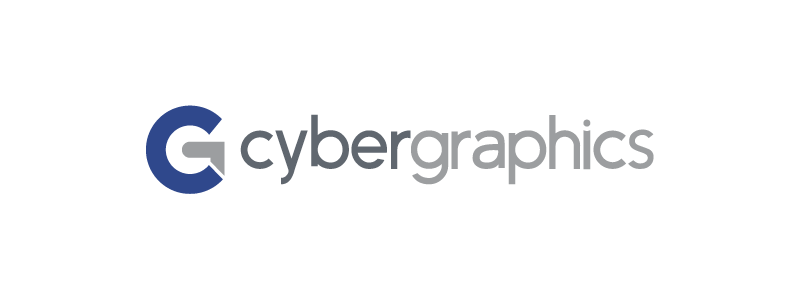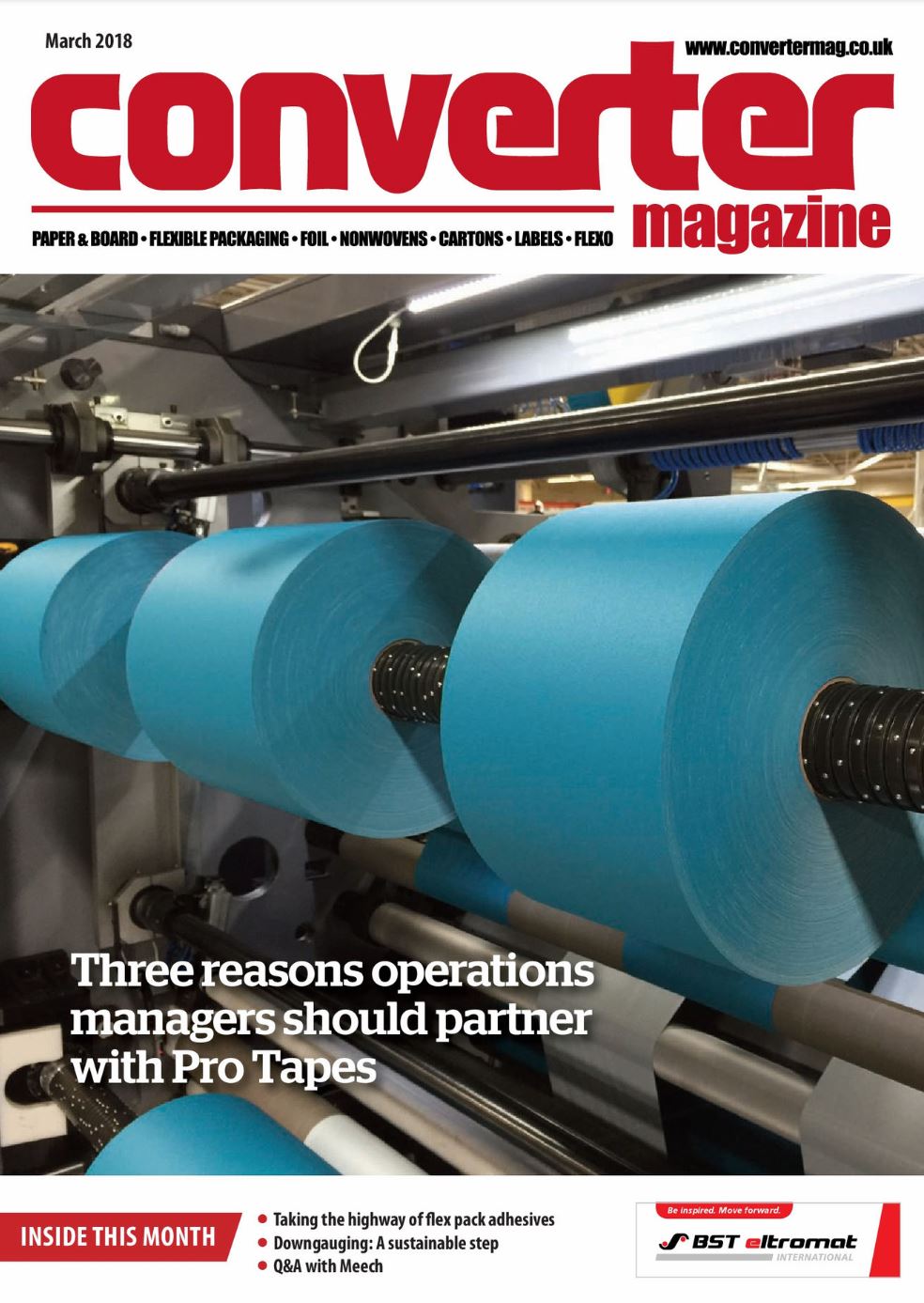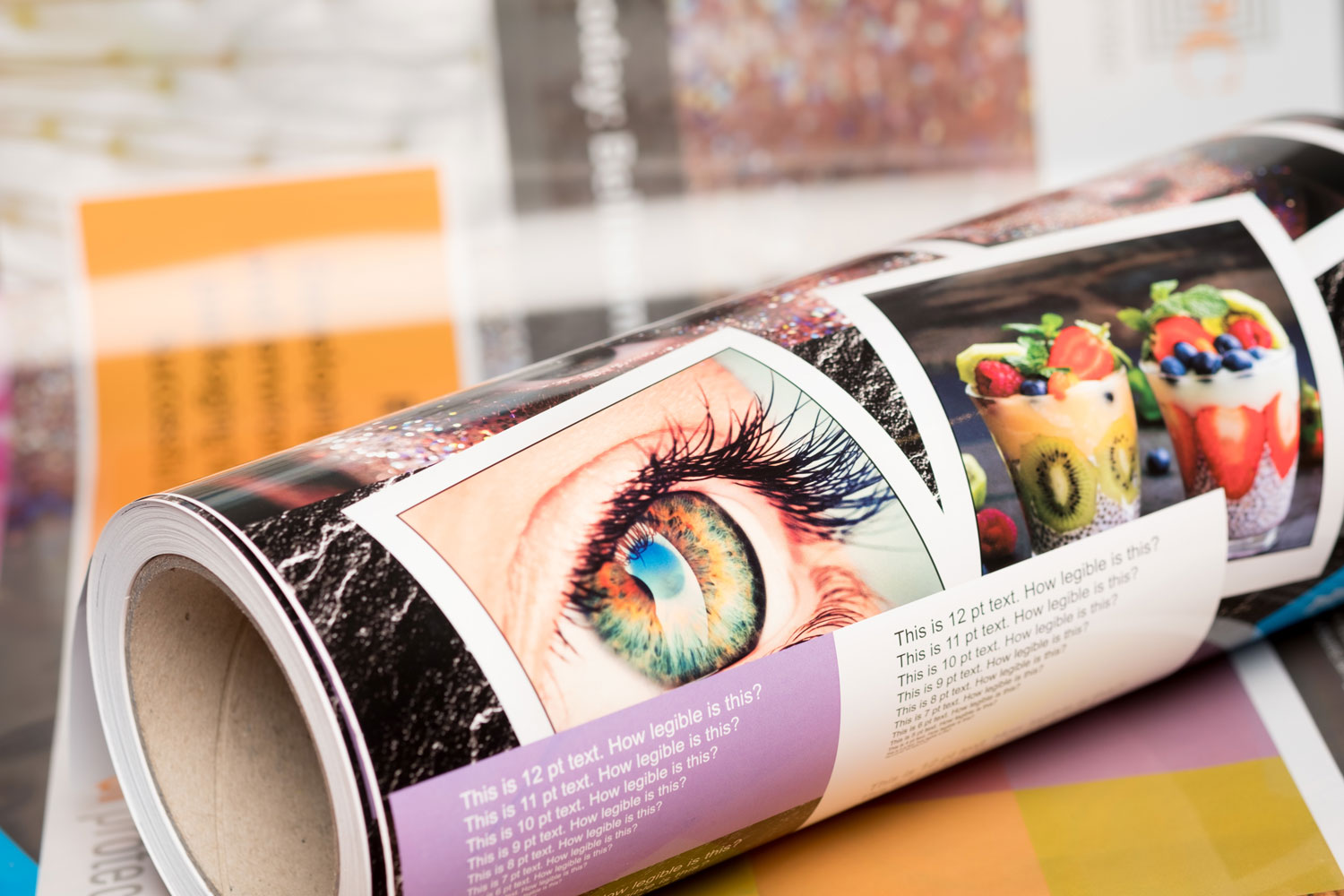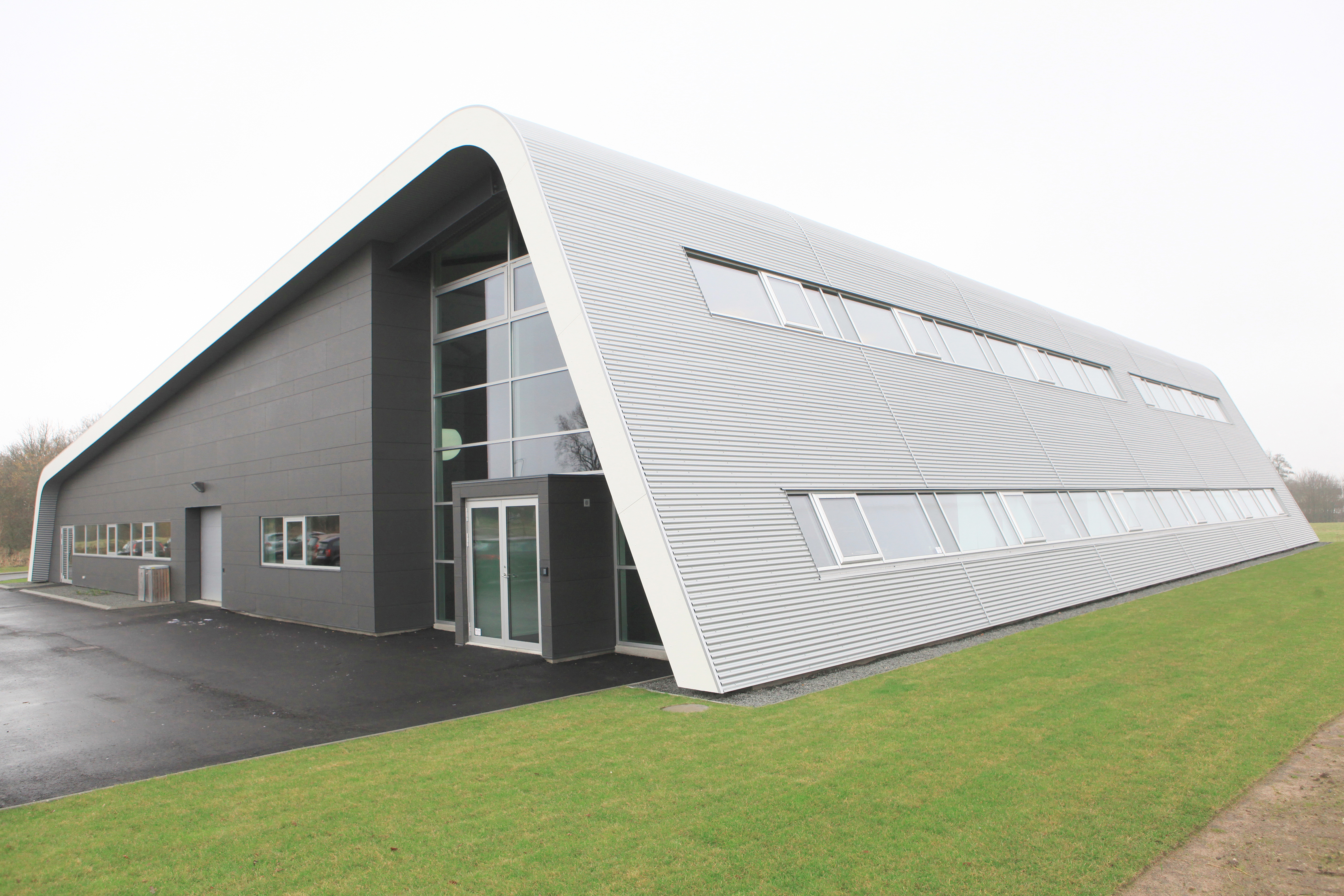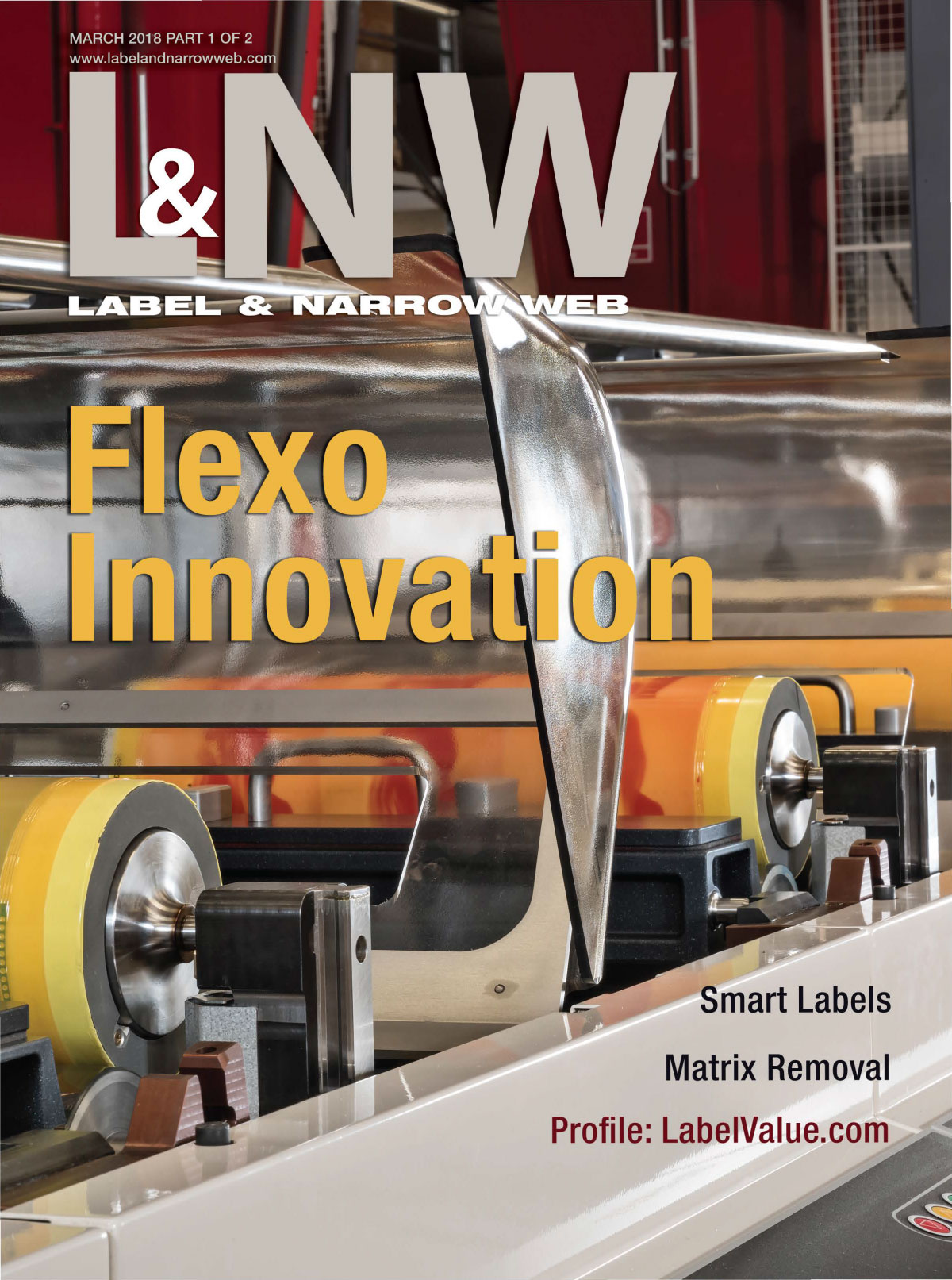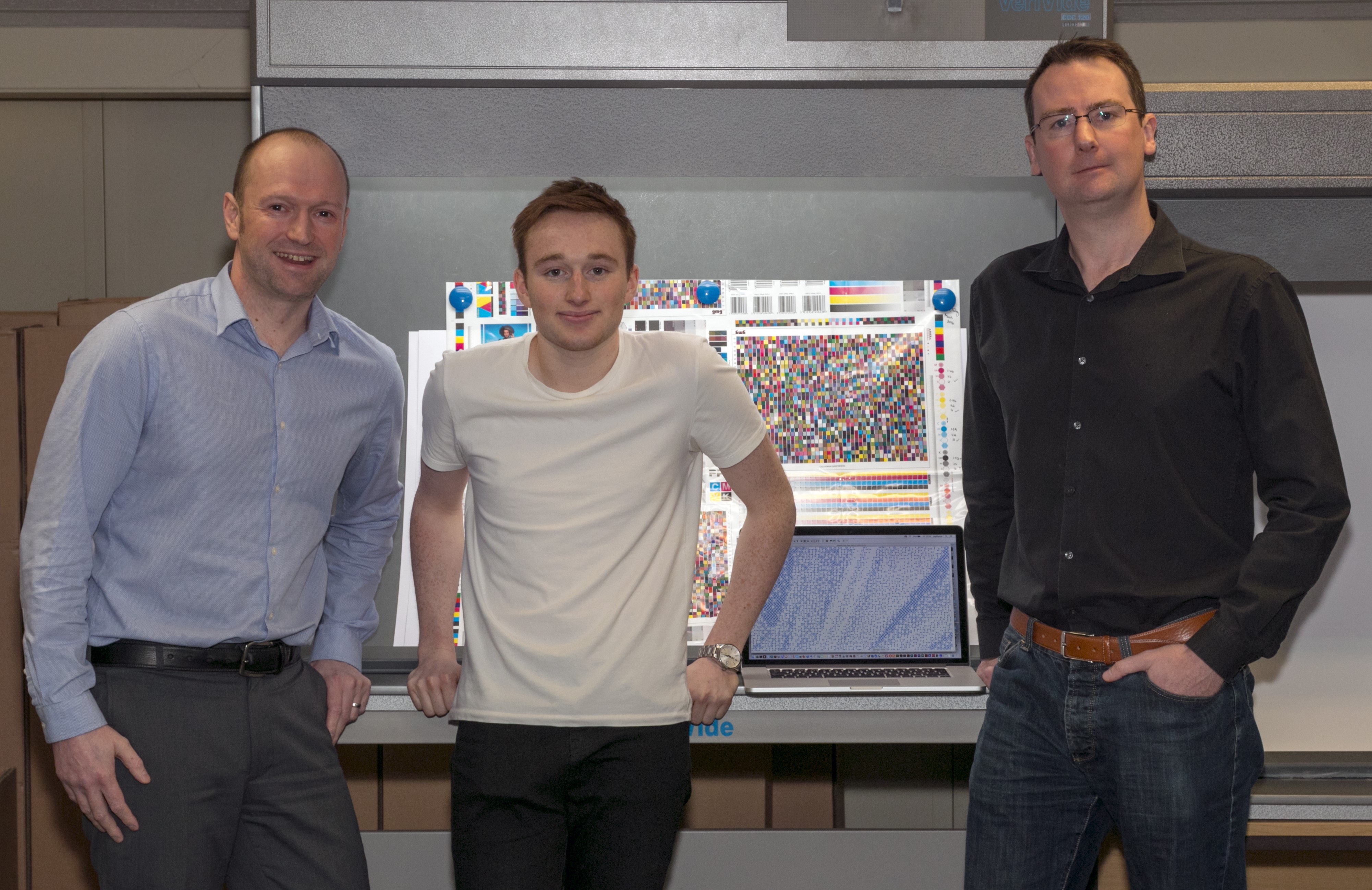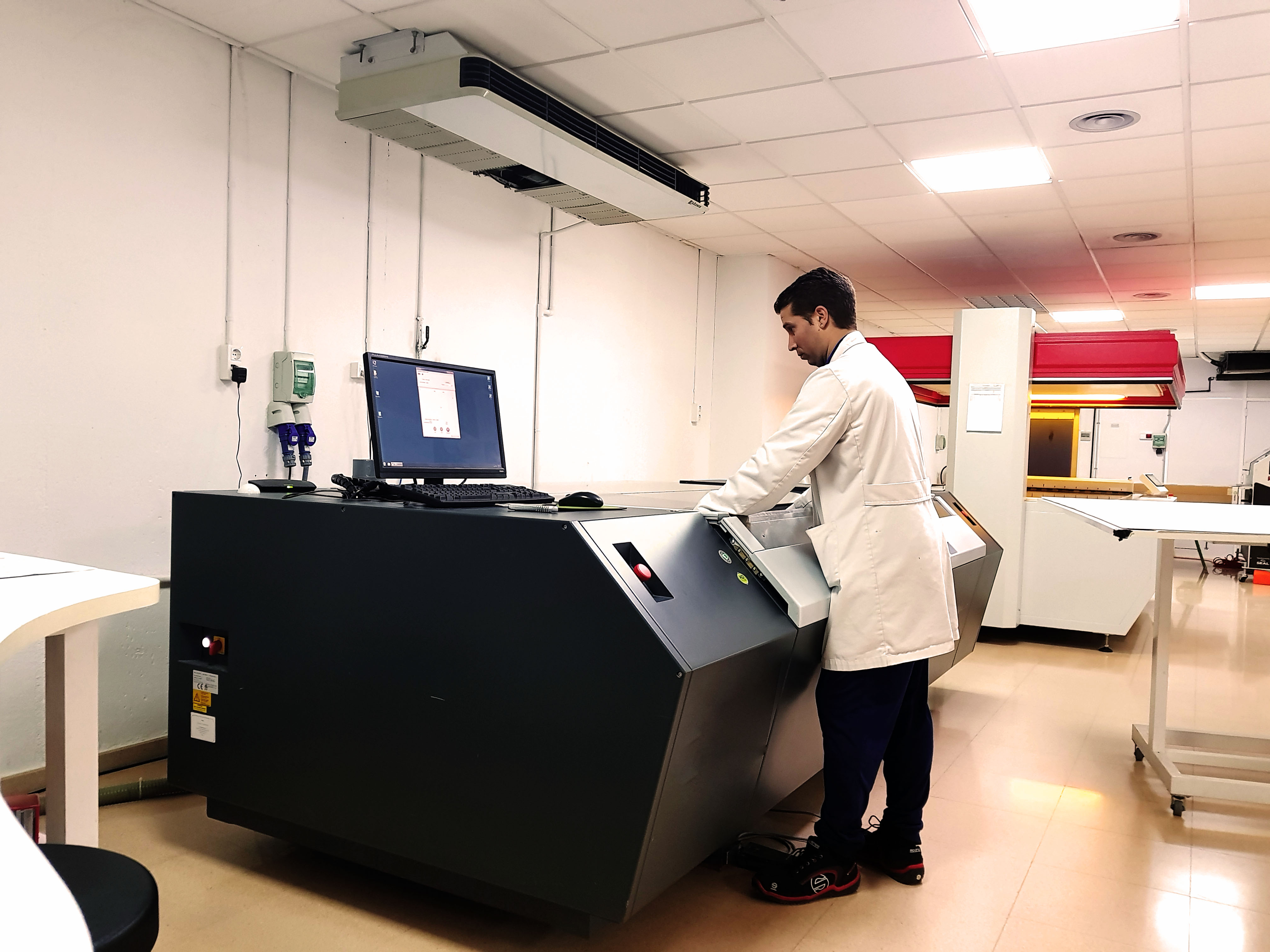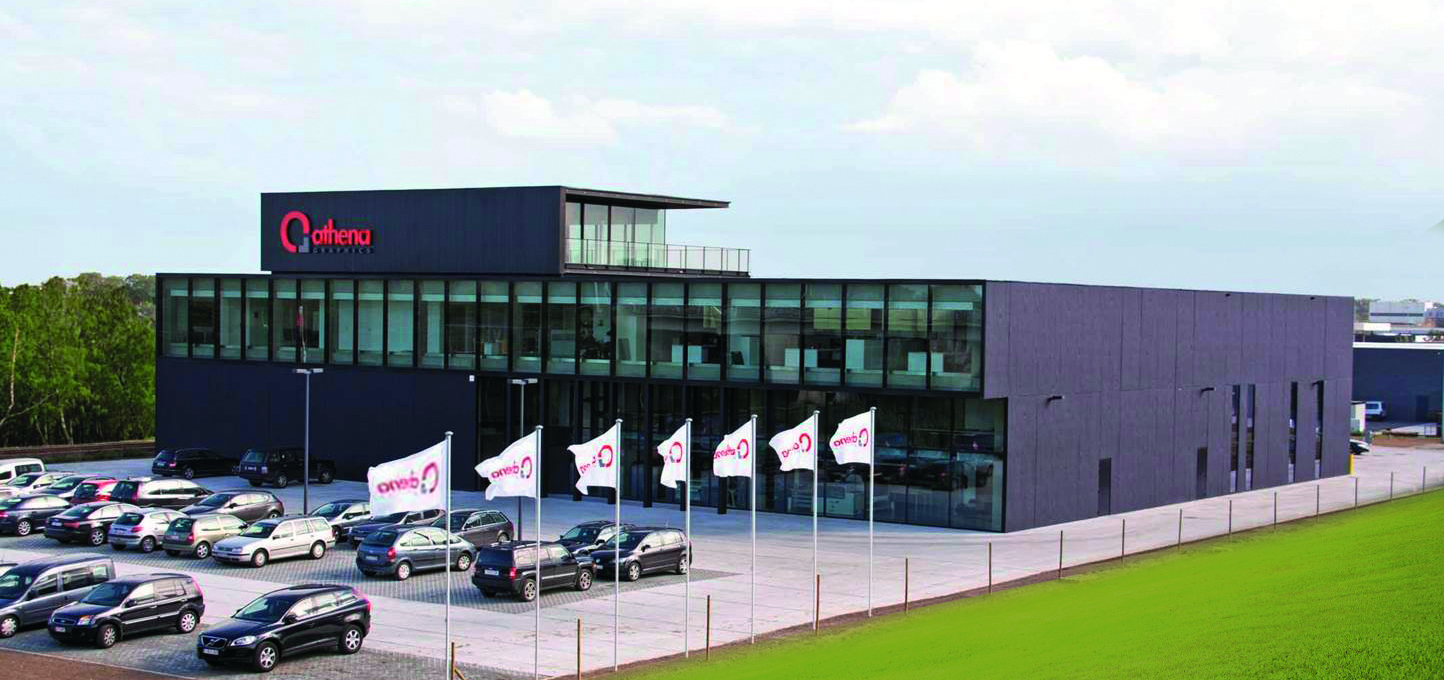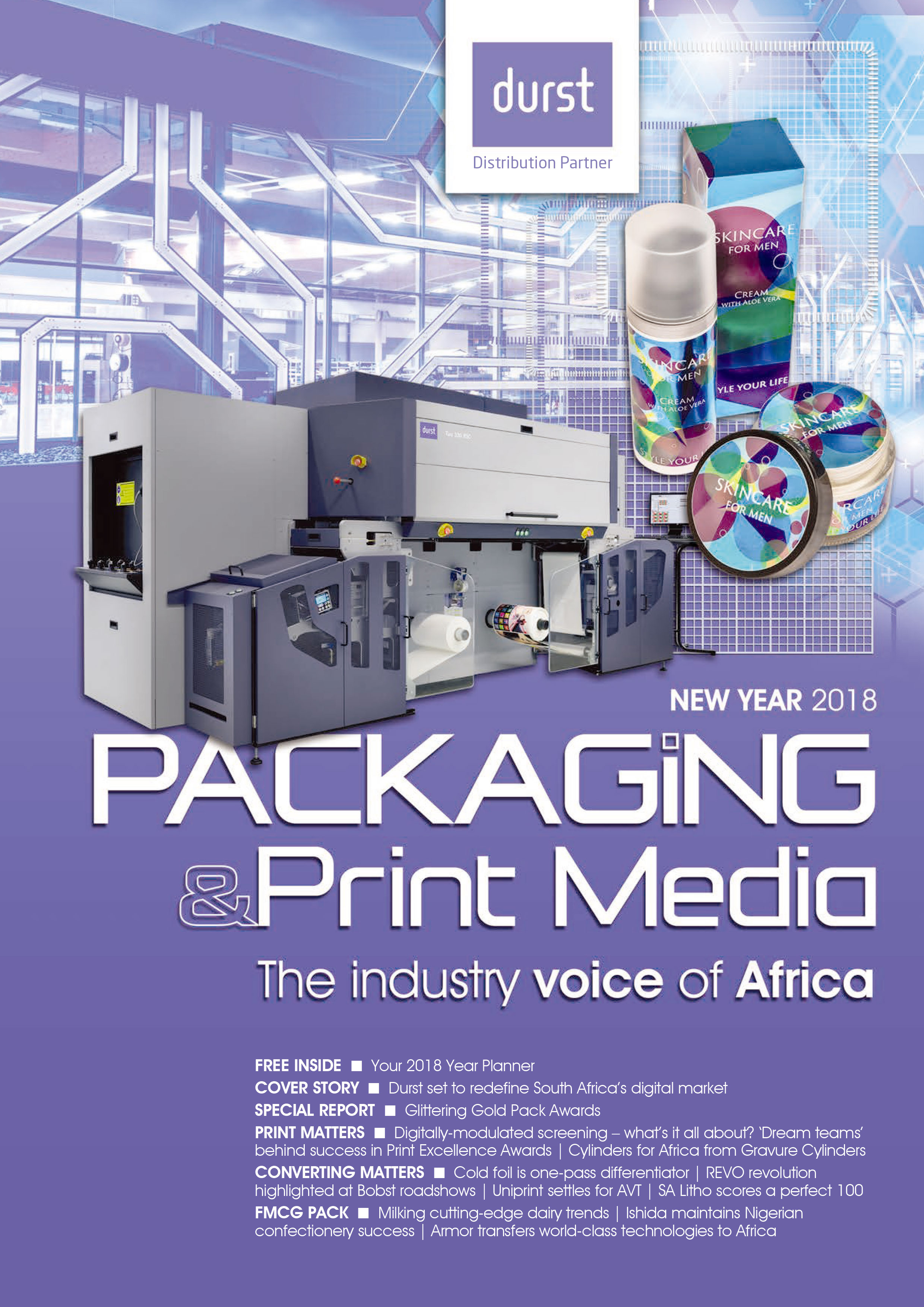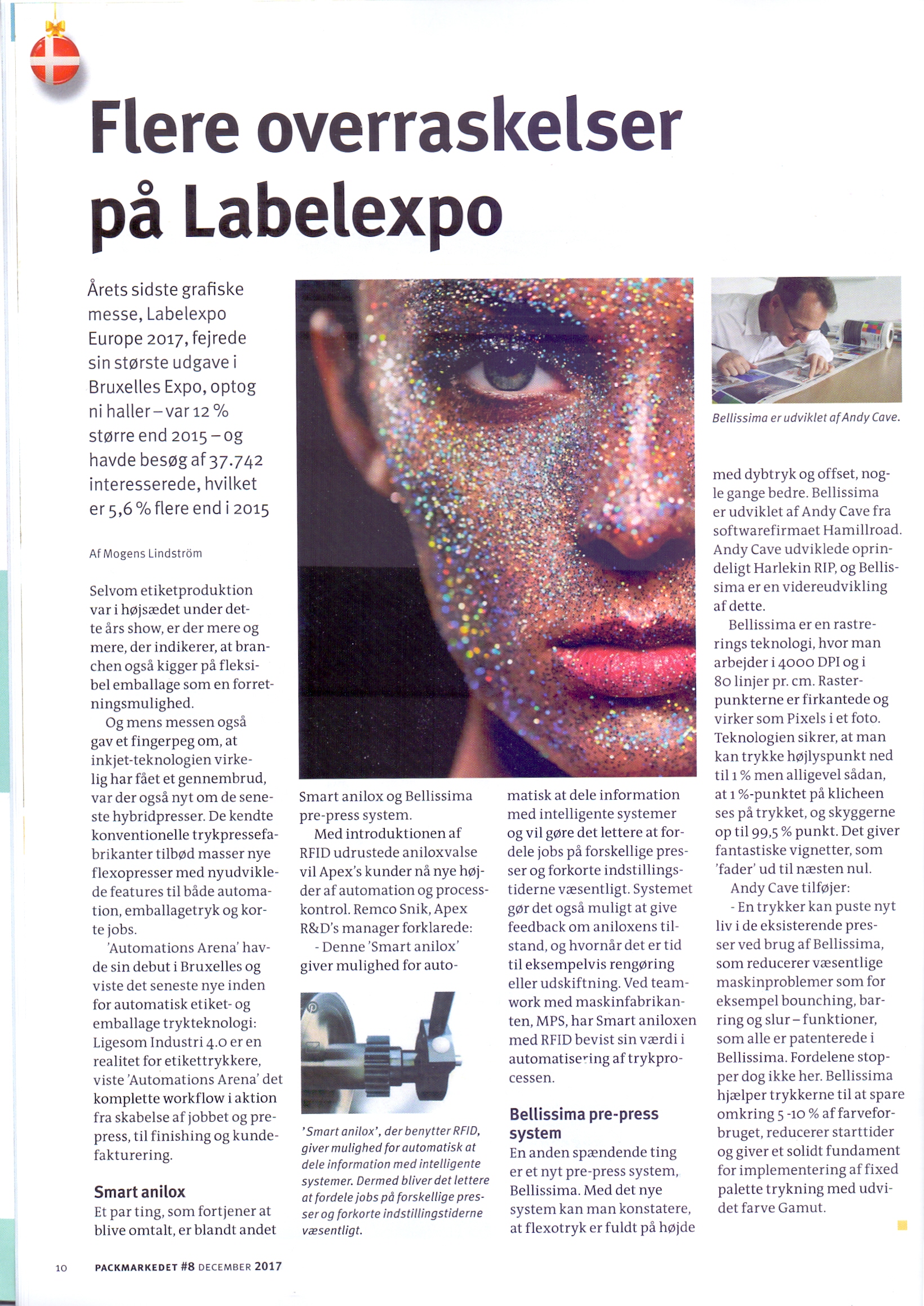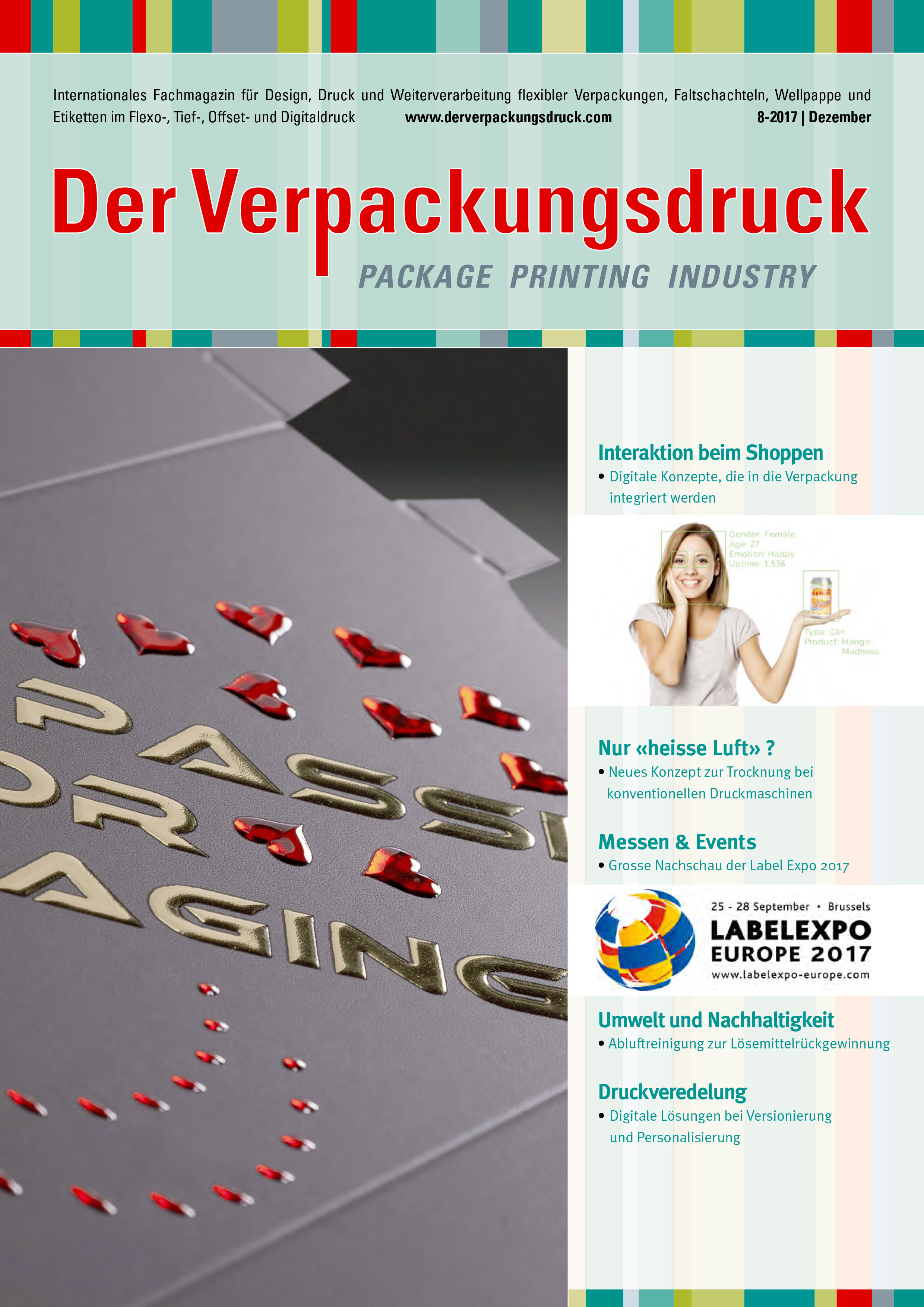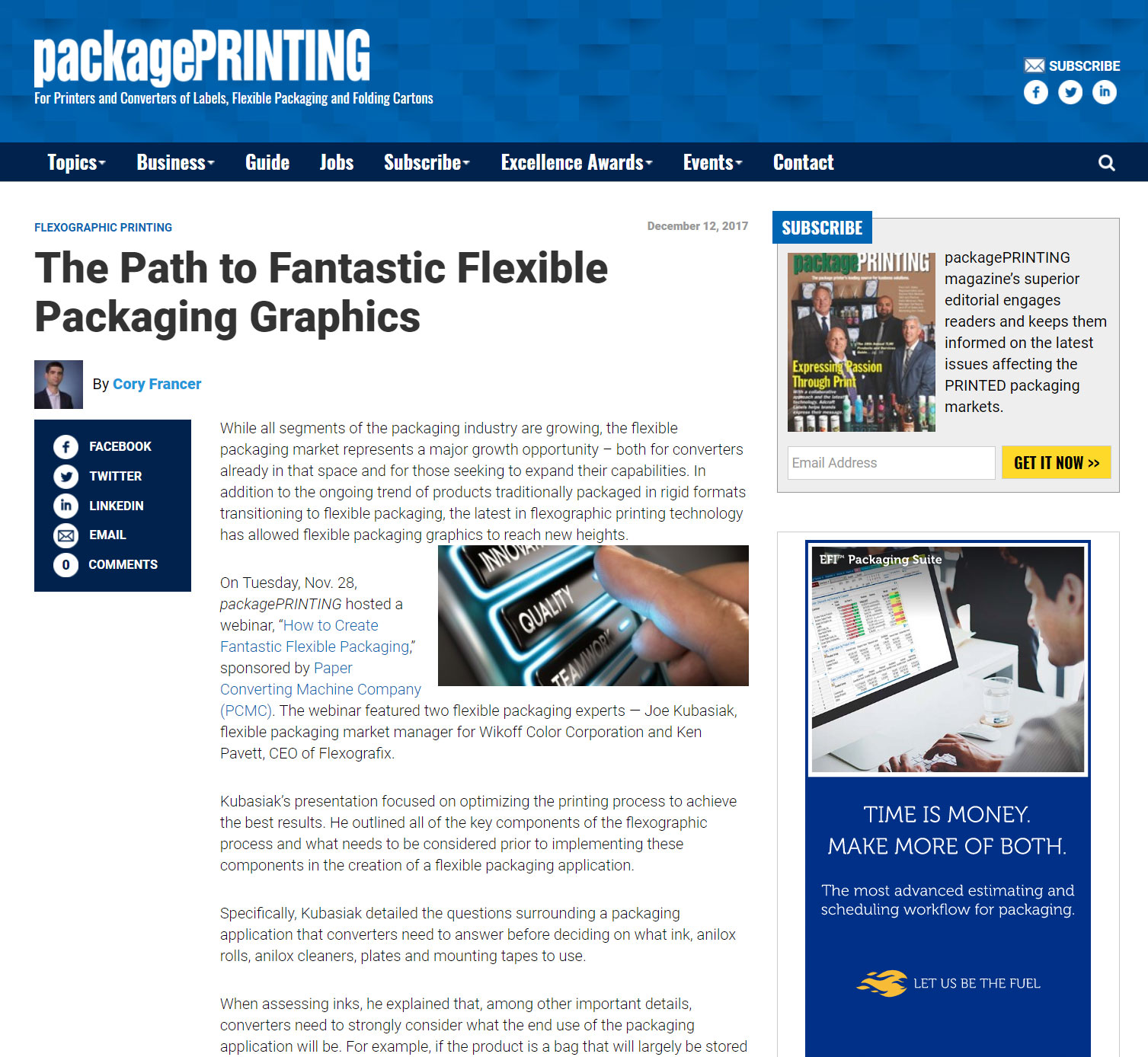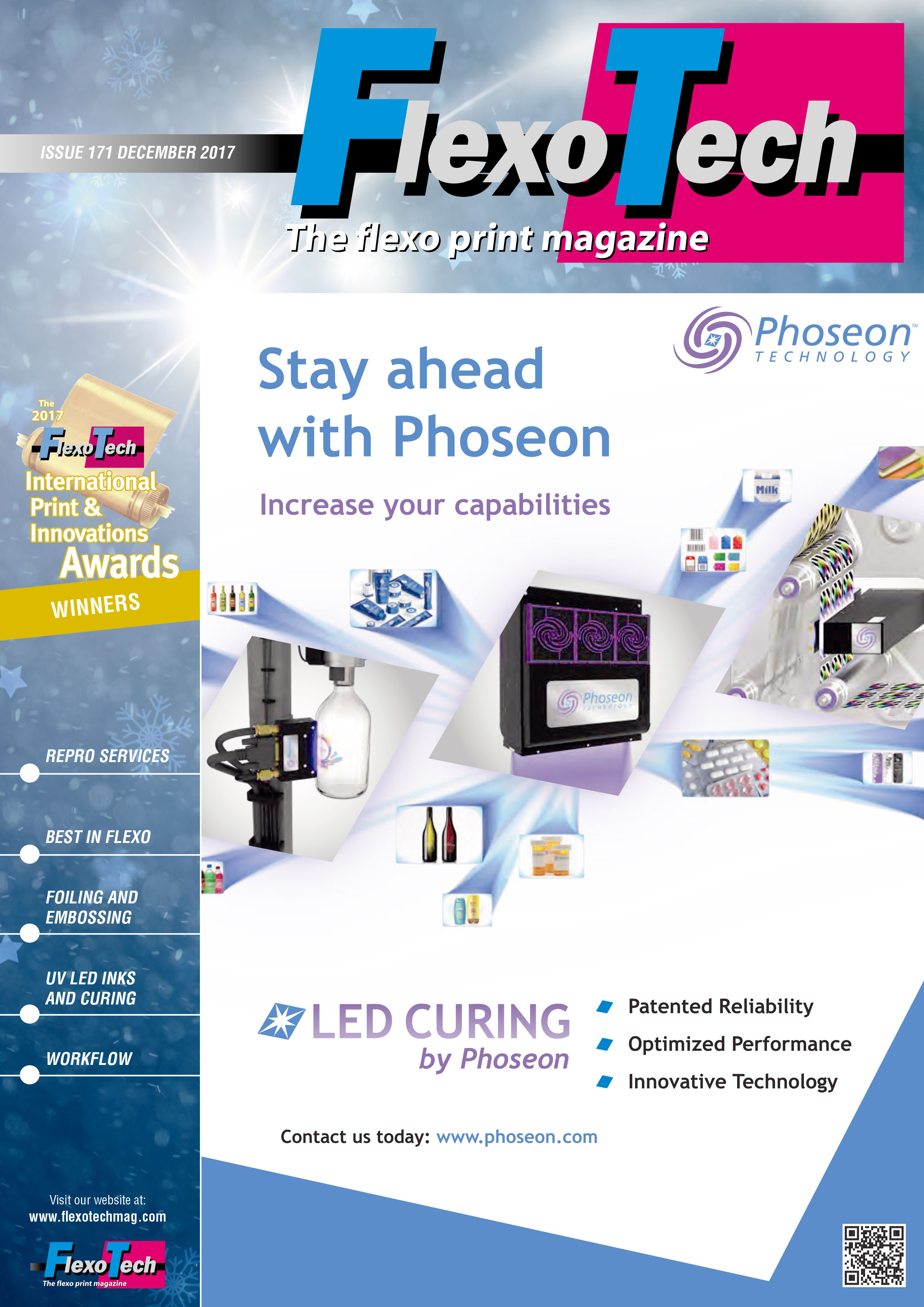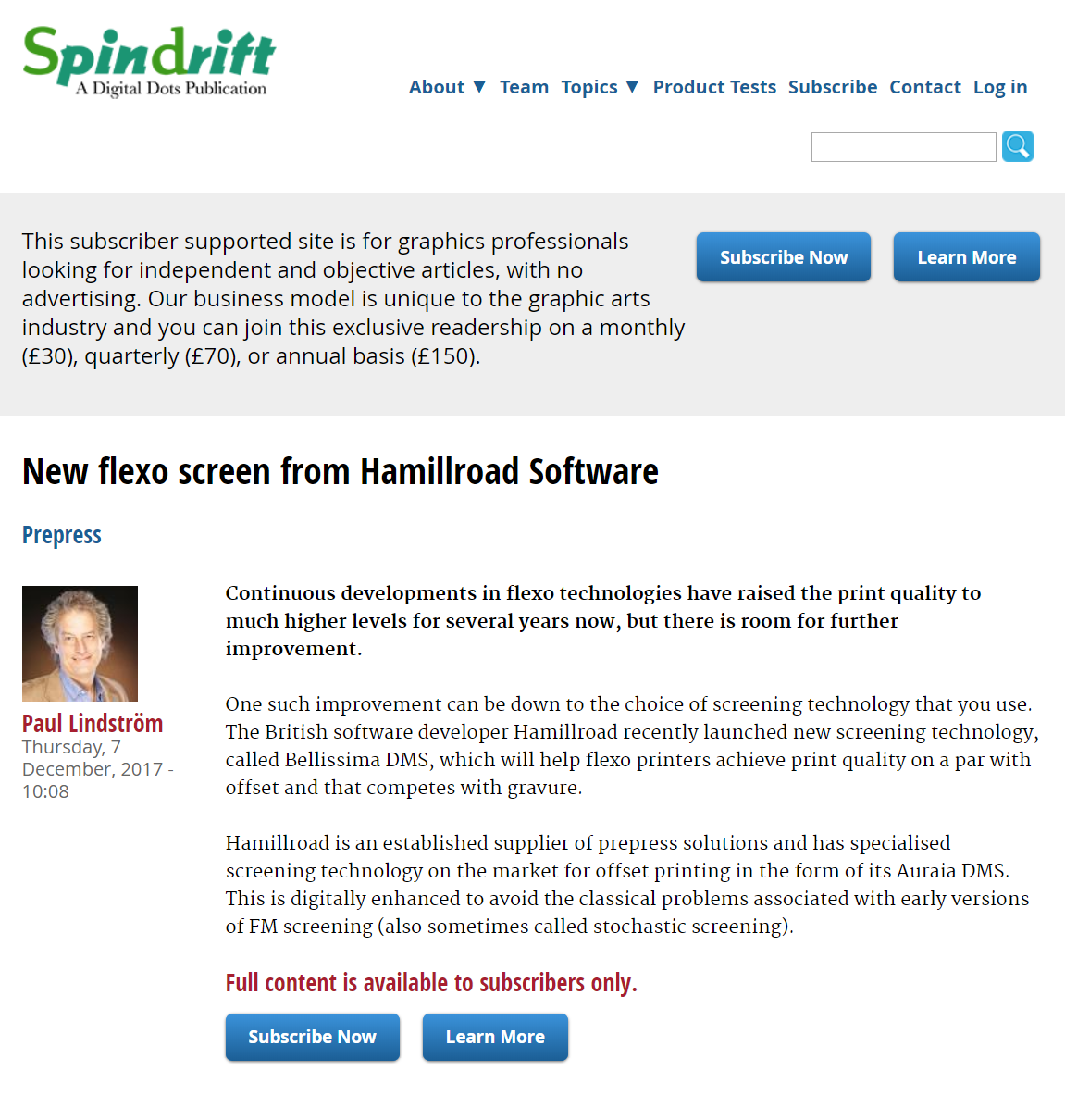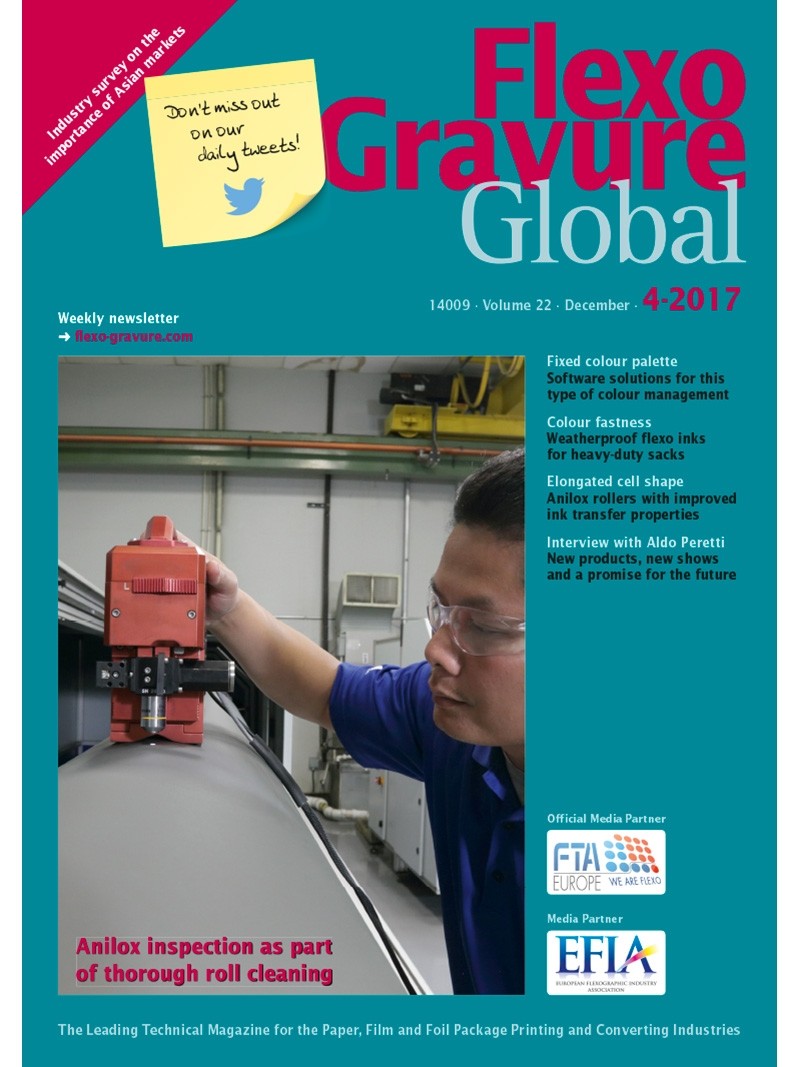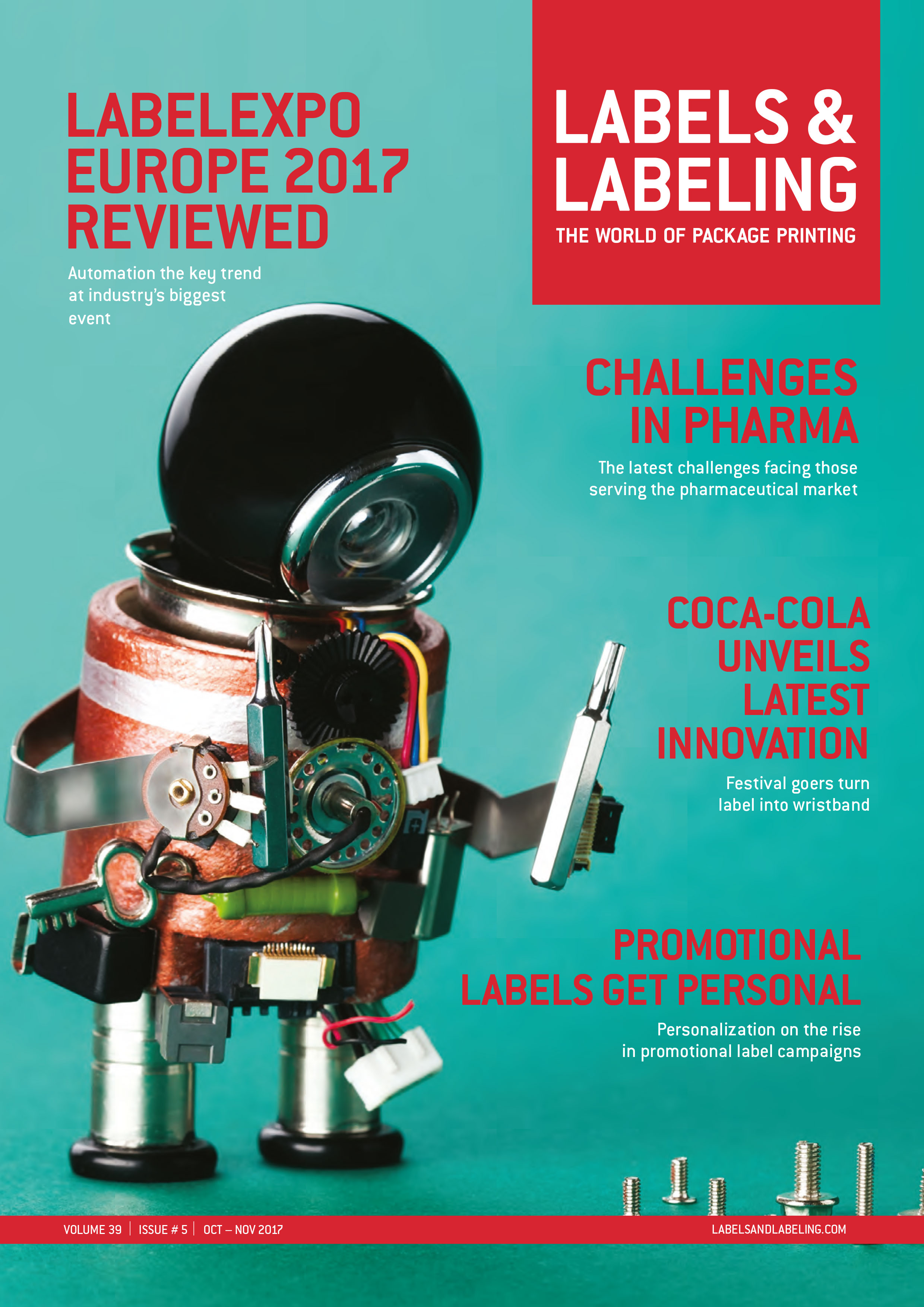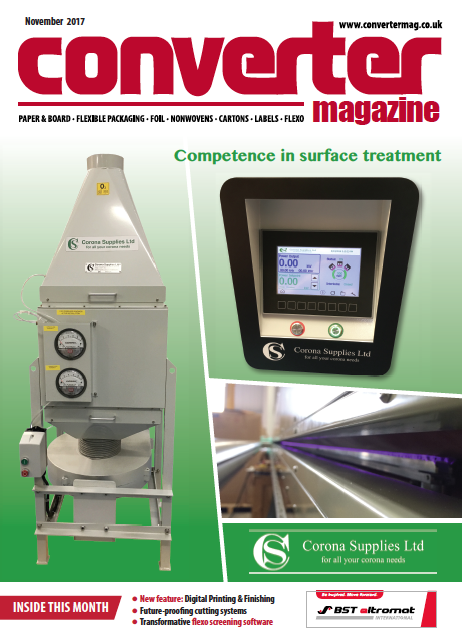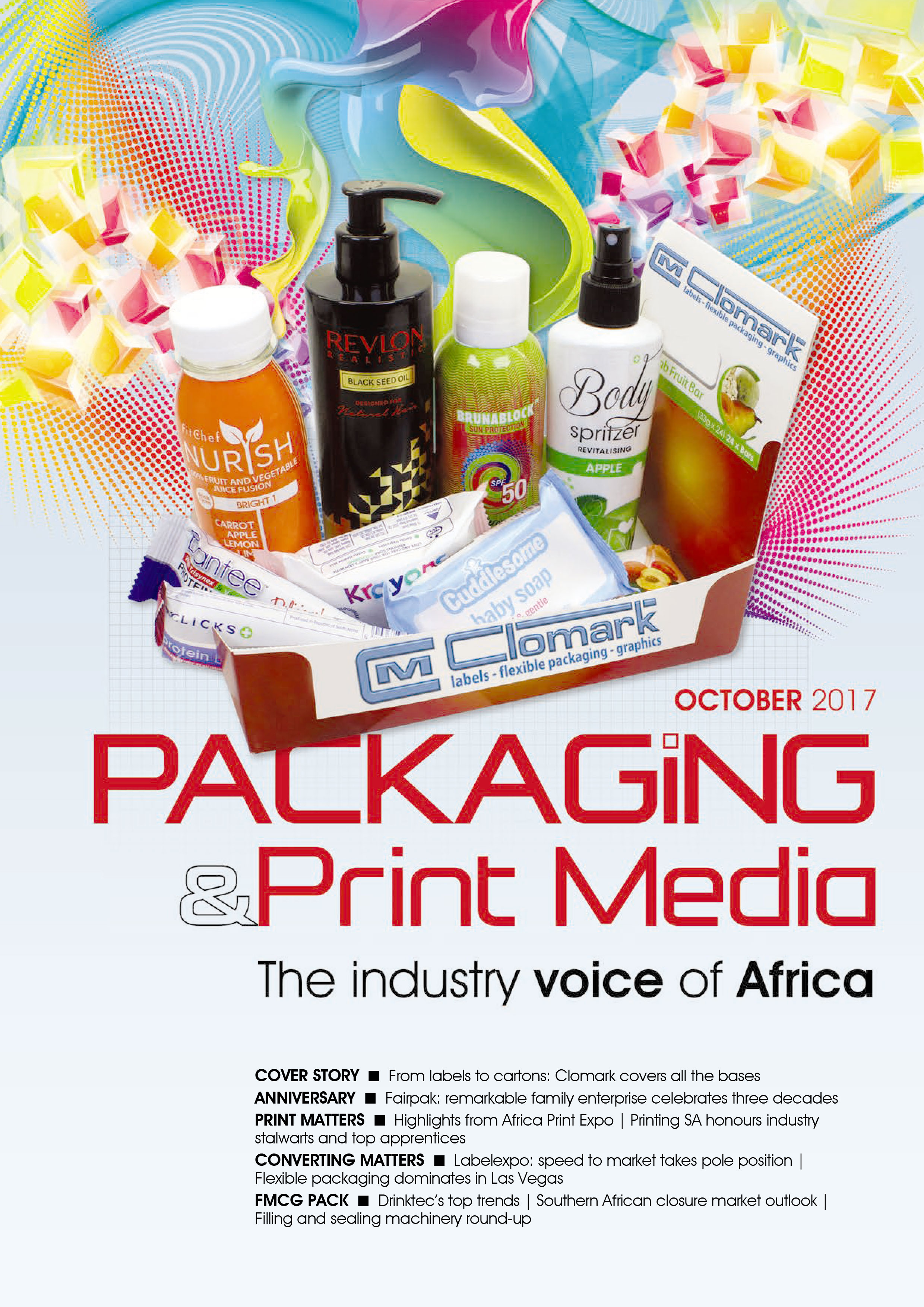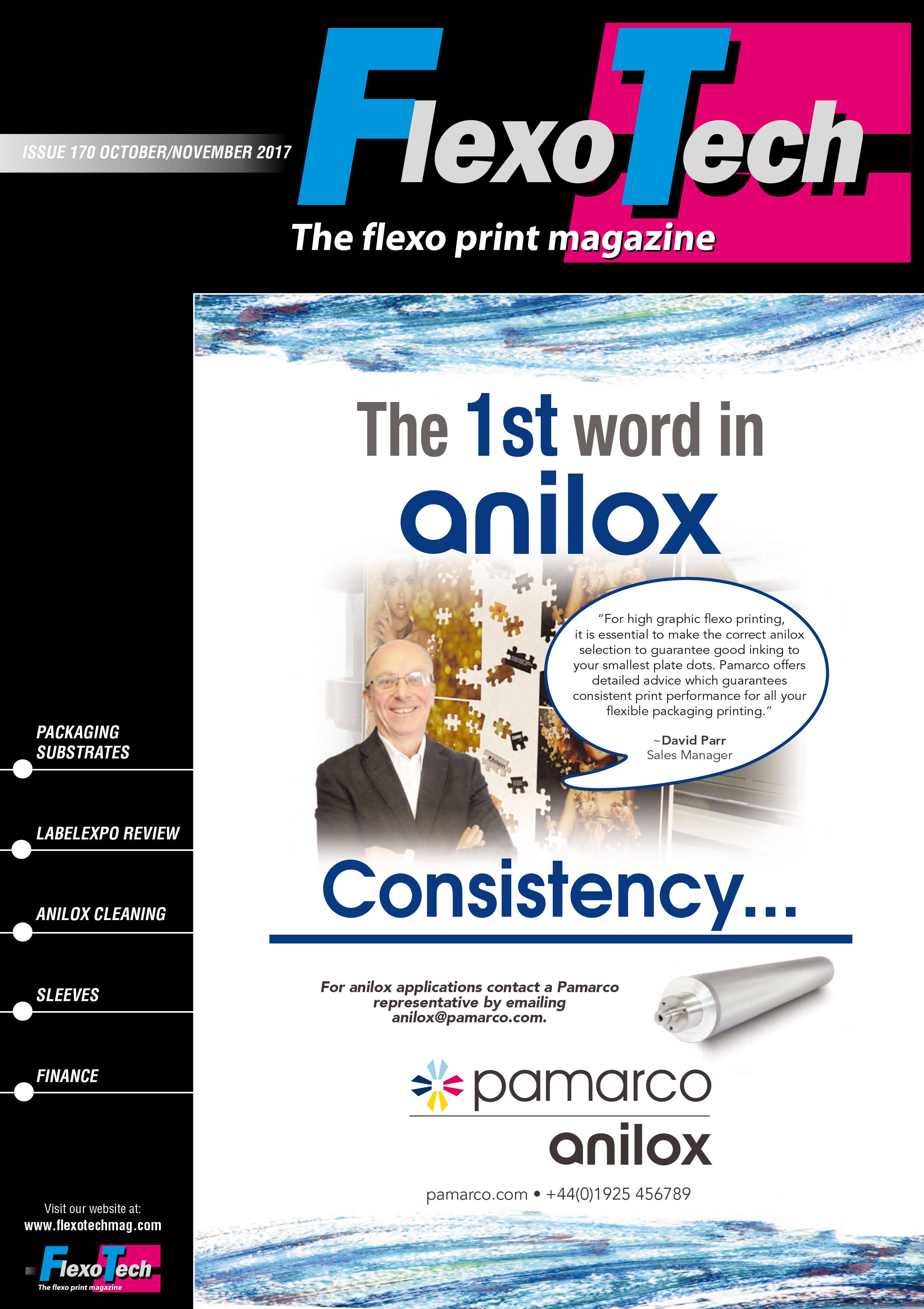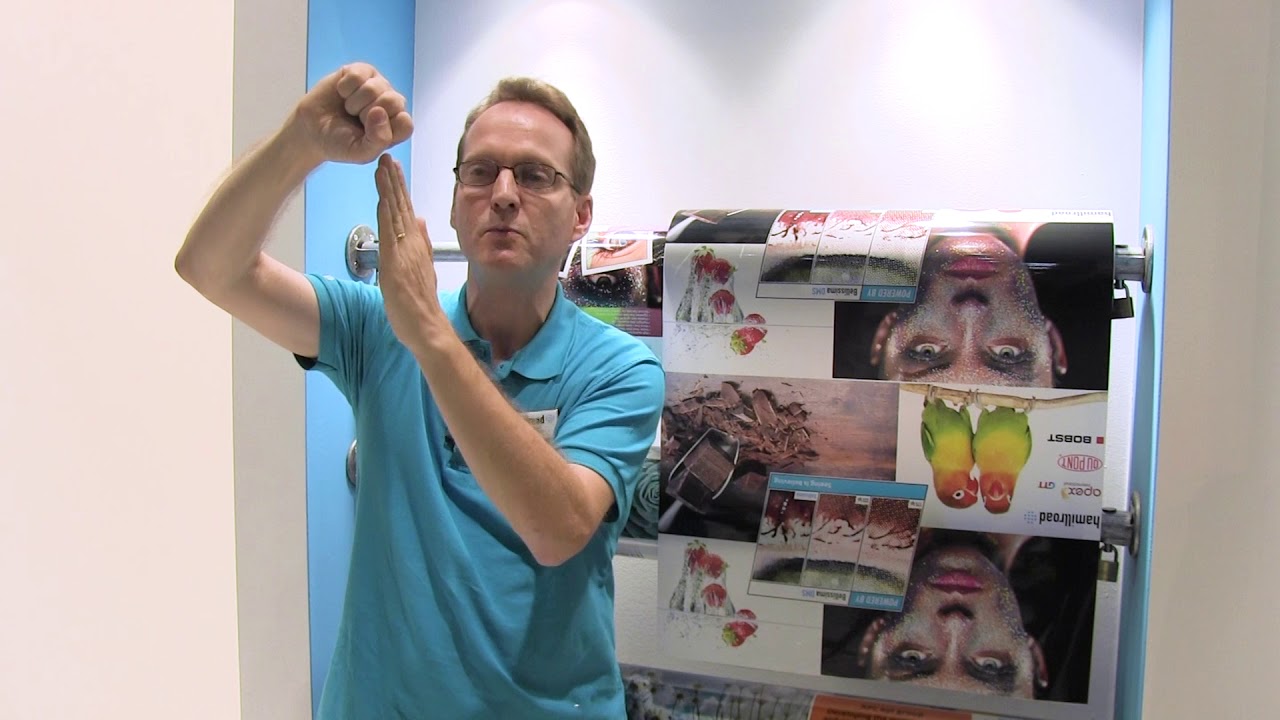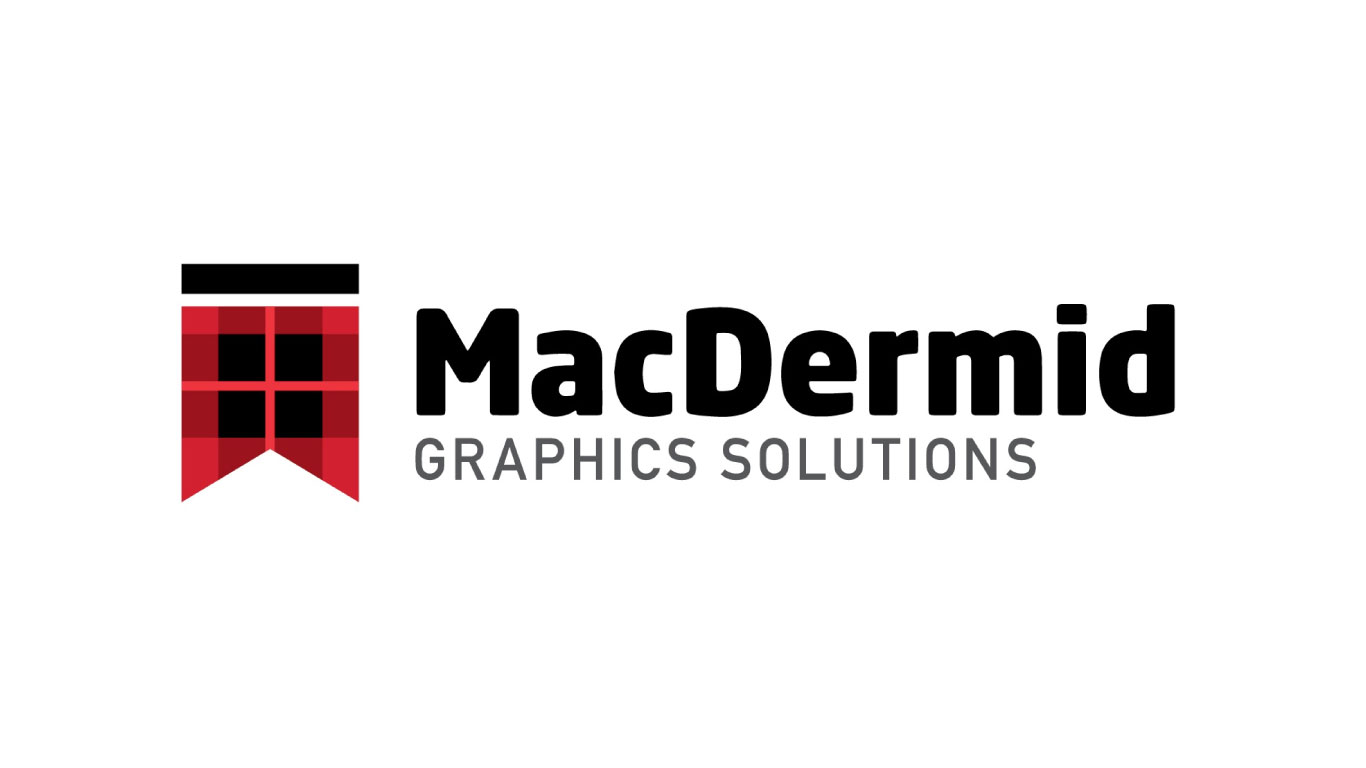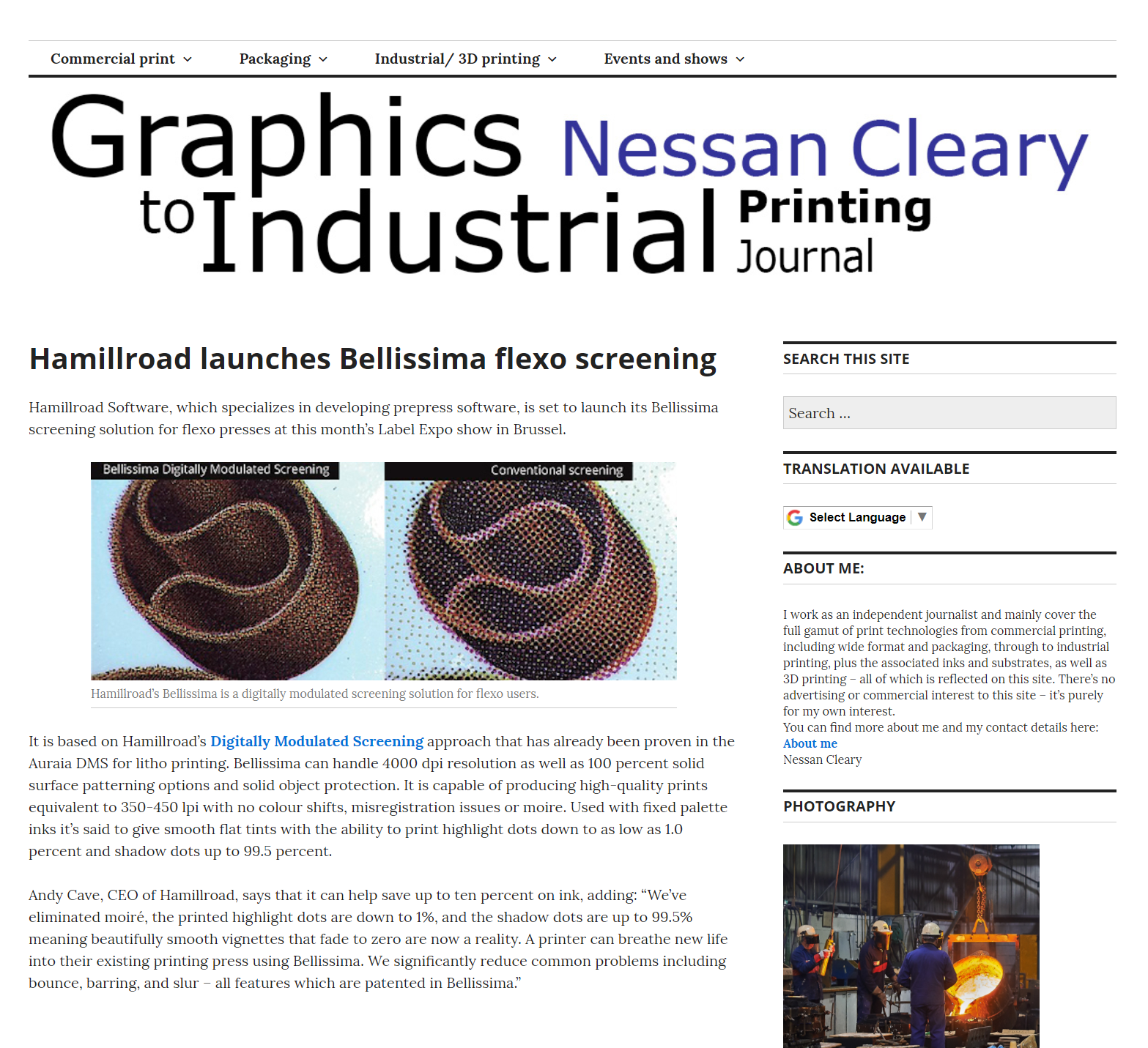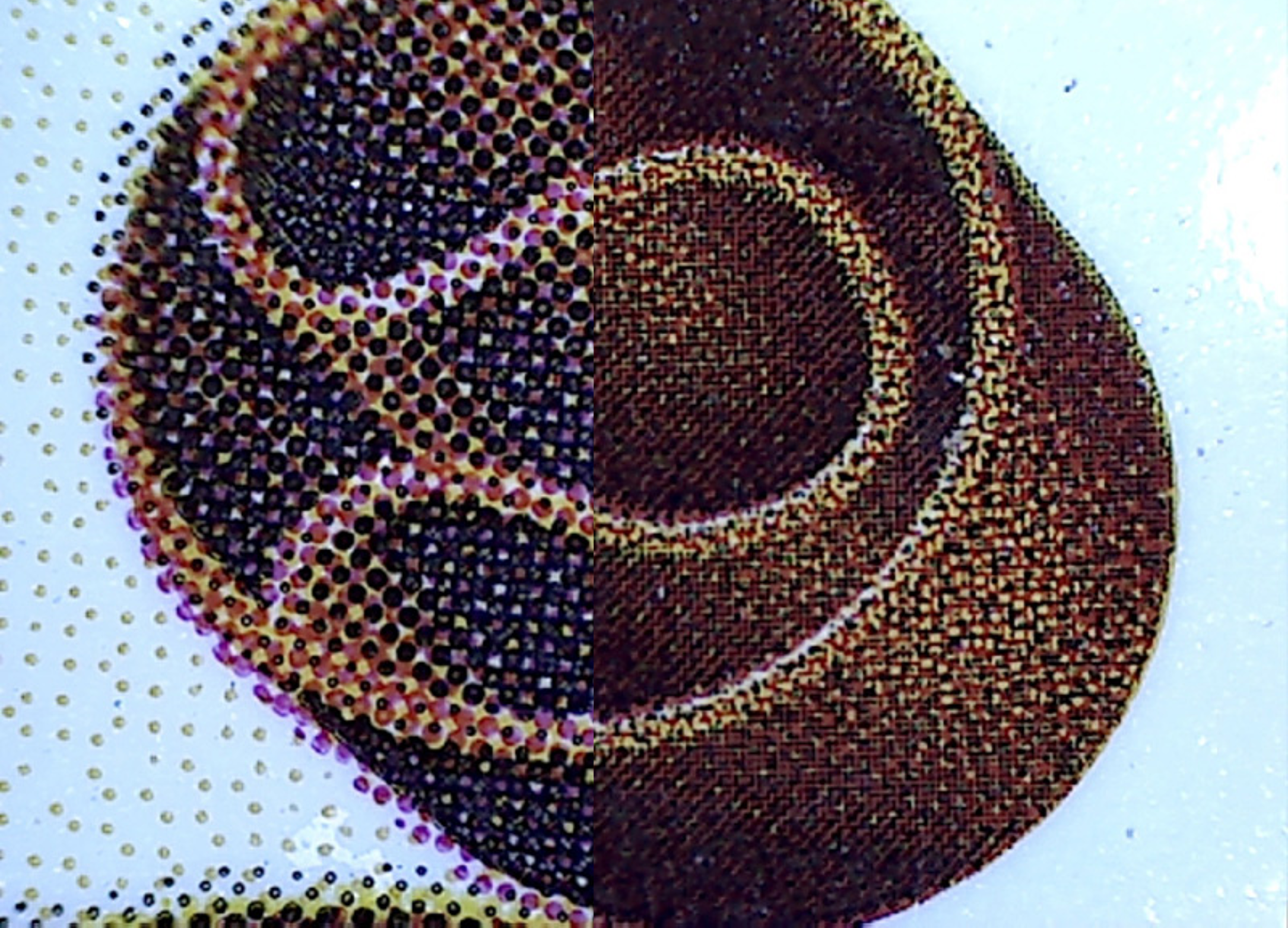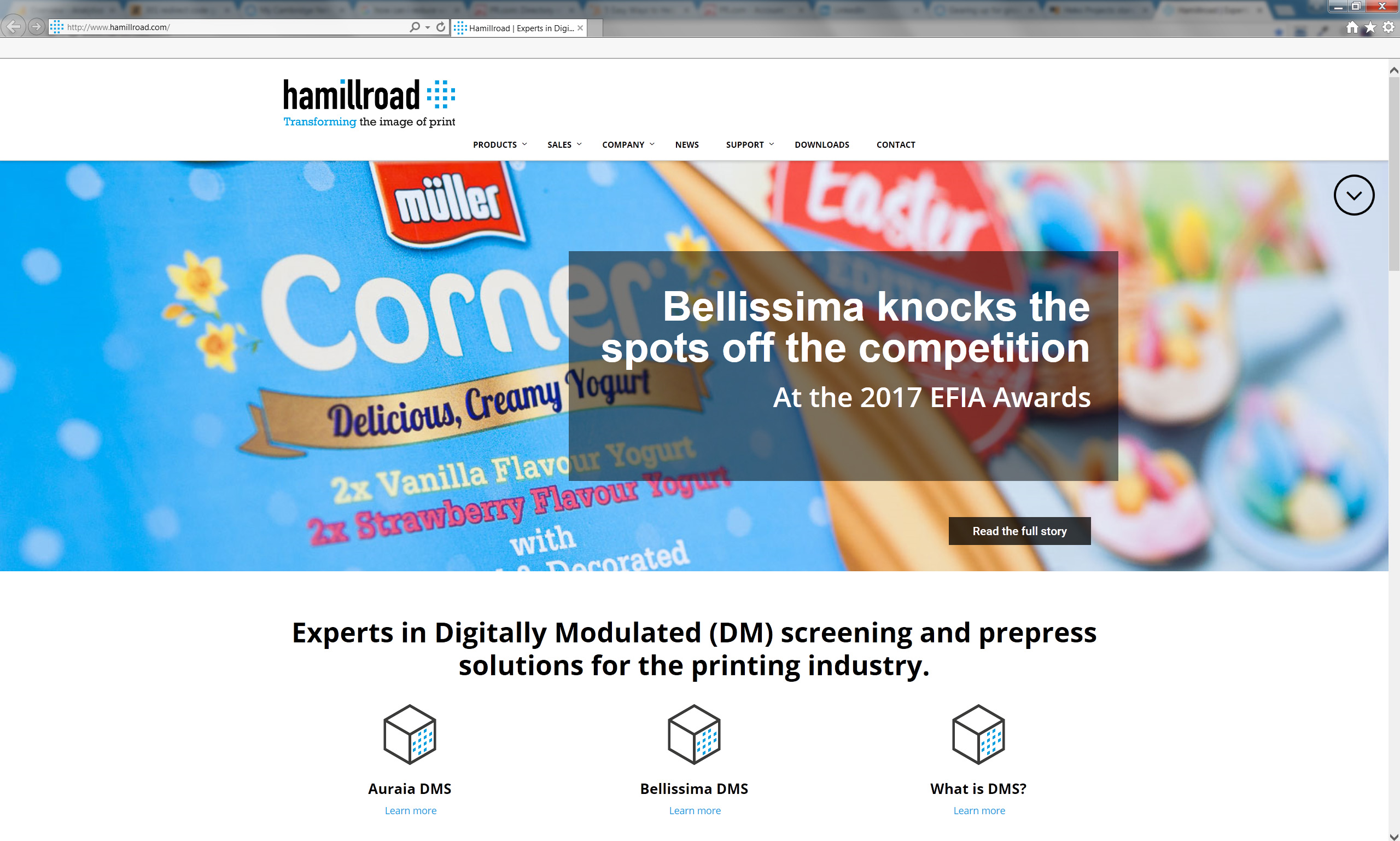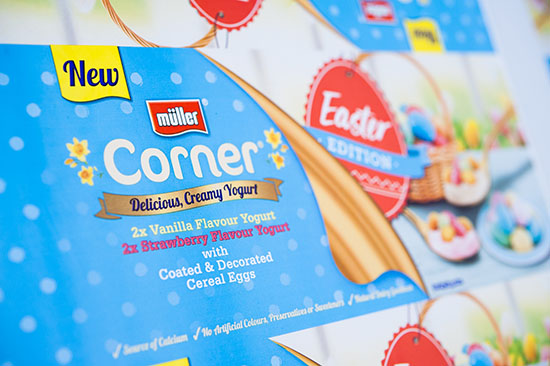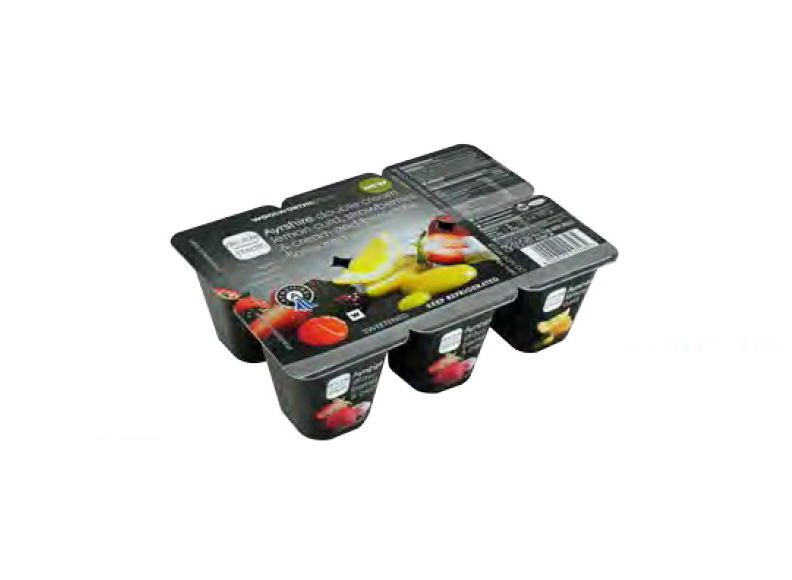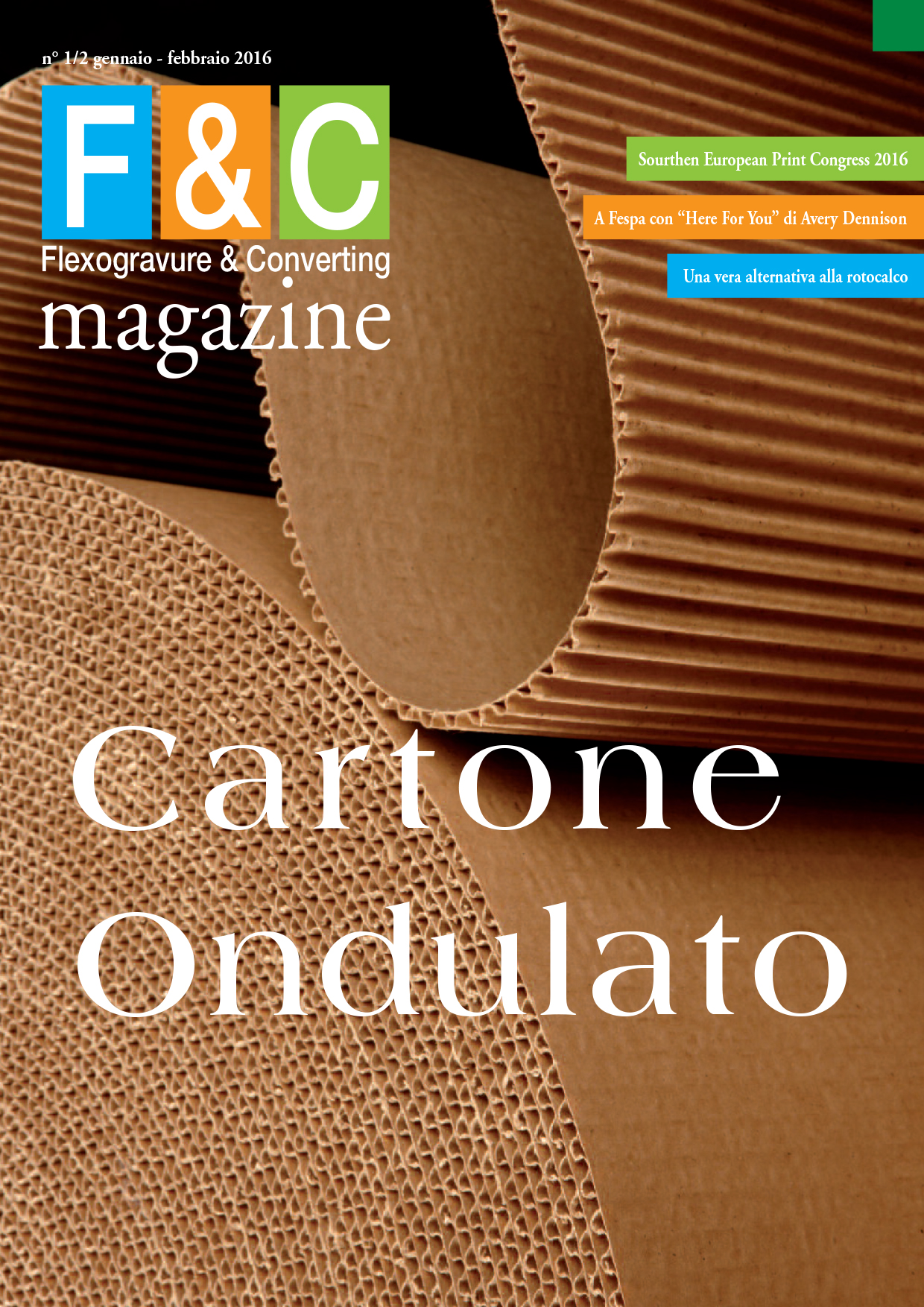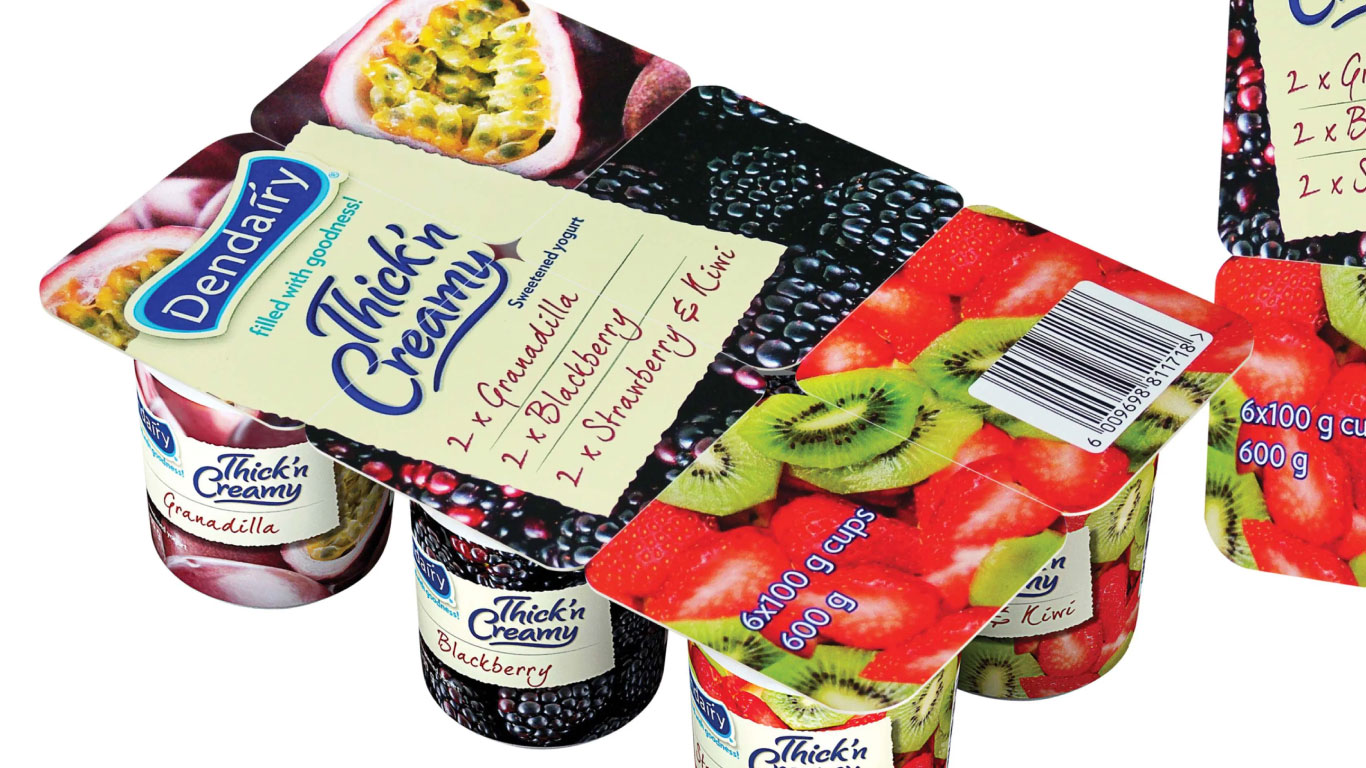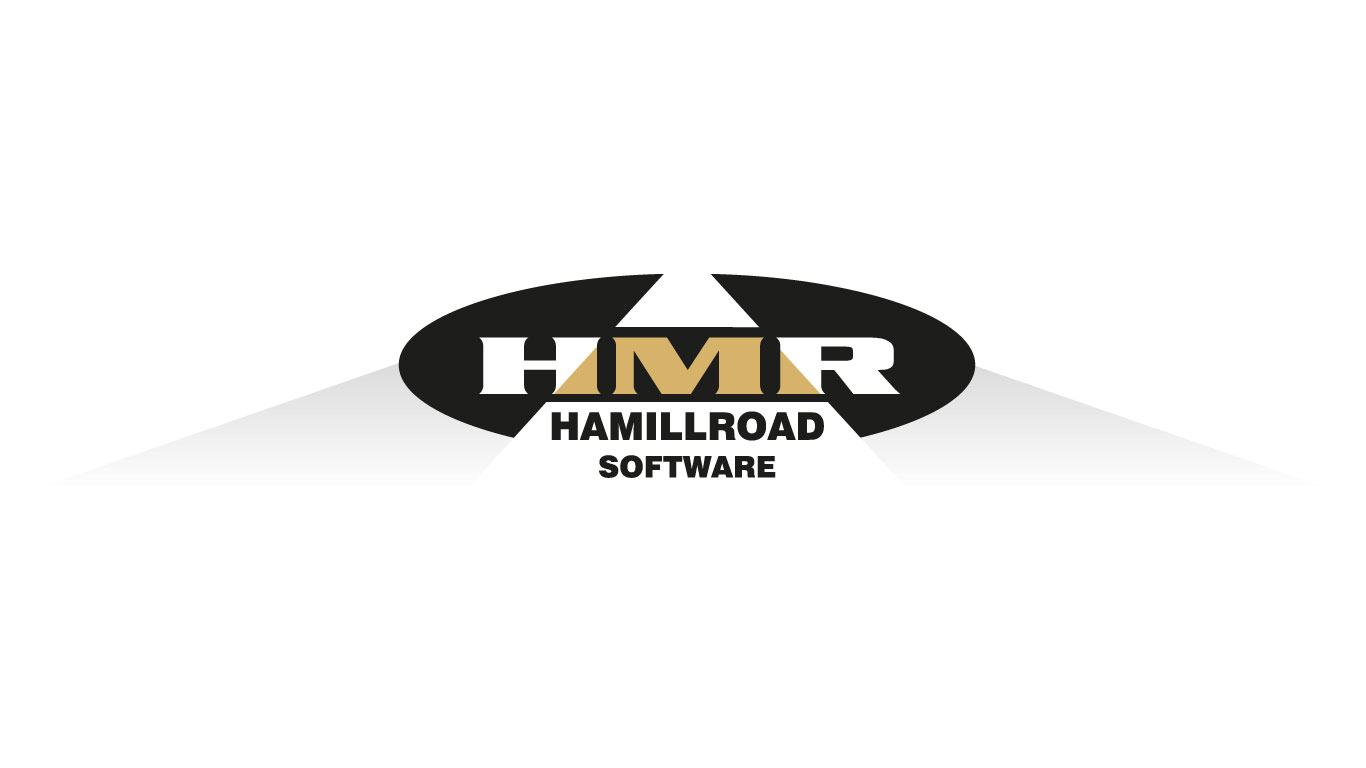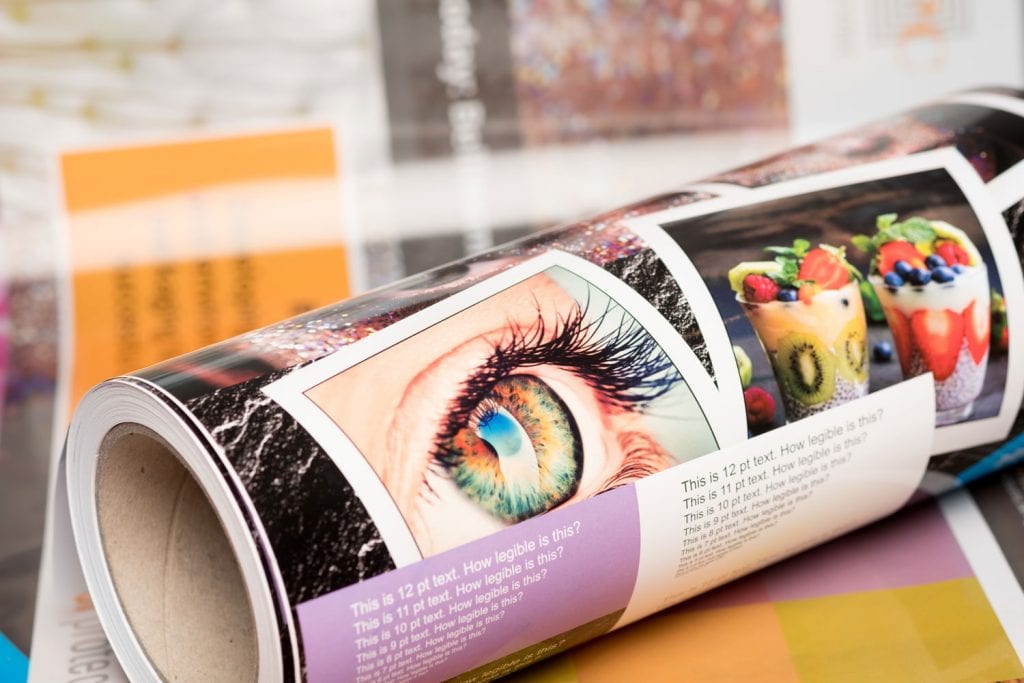
To maximise quality you must eliminate ‘quality’
Ask a group of flexo printers if they consider themselves to be “quality” printers, and you’ll typically receive an emphatic chorus of “yes.” But if you ask them to define what they mean by “quality” you’ll usually get blank stares.
If the “quality” of print is critical to you, but you can’t define it, then how can you be sure that you are delivering it?
The first step to maximize quality is to eliminate “quality.”
The term “quality” is so broadly over-used in the flexo industry that it has lost any real meaning. To give meaning to the term, the print shop needs to rethink, and look more critically at the way it does business.
Print production is viewed as a manufactured commodity. Therefore, “quality” resides in the execution of the print manufacturing experience from initial customer contact to final presswork delivery.
Viewed from that perspective, one can redefine “quality” from being a personal perception, into discrete and measurable components. The first step the printer should take to maximize its quality, is to eliminate the term “quality” from its vocabulary and replace it with words which have specific meanings, which can be quantified, specified, measured, tracked, and communicated.
Replacing “quality” to maximize quality.
Maximizing print manufacturing quality means creating a process which delivers on customer expectations while also delivering on the company’s need for an effective and cost-efficient production process. Performance above project requirements is a waste of time, money and resources. Performance below requirements is unacceptable.
Since your primary goal is to meet your customer’s expectations, it’s usually best first to define what their expectations are. The next step is to turn those expectations into performance targets which are then embodied in words which have quantifiable, specific, measurable, and certifiable attributes, and against which your company, and its processes, can be evaluated. This applies from initial client contact through to final delivery.
Print quality without “quality.”
You can look at your print quality as having three key characteristics: consistency, fidelity, and accuracy. Those three terms would then replace the word “quality” both in internal and external communications.
“Consistency” refers to the stability of the color within the press run and is a metric which can be specified and measured, thus providing numeric certification of your performance. Methods which can be used to certify consistency can be as simple as measuring and documenting solid ink densities and/or grey balance at specified points during the run or be as complex as implementing third party, and even brand owner, consistency assurance solutions. Tolerances for consistency can be agreed among print buyer, brand owner, and supplier and quantified. Tolerances can be based on a variety of standards including: industry, proprietary brand owner, or house specific.
The important thing is that consistency is a metric which can be objectively quantified and documented.
“Fidelity” refers to how closely presswork reproduction represents the original artwork and can be broken down into two key components:
1) Resolution
2) Gamut
“Resolution” refers to the halftone screening used. Higher frequency screening delivers finer levels of detail rendering fidelity, and hence a level of detail which is closer to the original artwork. Resolution can be specified, measured, and certified whether it’s a coarse 100 lpi AM/XM screen or an ultra-fine screen, such as Bellissima DMS. Specifying resolution targets can help determine everything from image dpi to which equipment, such as plates, plate imaging, and loupes, to invest in.
“Gamut” refers to the color range capability of the printing. The greater the gamut, the greater the potential for the presswork to reproduce the original artwork. Gamut can be specified, measured, and certified. Strategies to enhance gamut might include; achieving higher than standard flexo solid ink densities, employing extra “bump” colors, using extended gamut inks, or using a six or seven color process.
“Accuracy” can be broken down into two components:
1) Alignment of presswork with a signed-off proof
2) Alignment of presswork with a print characteristic target (e.g. ISO 12647-6)
Alignment of presswork color with the signed-off proof can be verified using basic tools such as spectrophotometers. Tolerances either for the accuracy of individual colors or the sheet average, can be specified using pre-agreed Delta E values based on industry norms, individual print shop capability, or individual customer requirements.
By looking at customer expectations and presswork this way, each aspect of production can be described in greater detail, quantified and tolerances set. Each aspect can also be broken down further into discrete, measurable elements. With “quality” replaced by measurable attributes, it becomes unambiguous and the criteria, whether systems, equipment, facilities, or process-related for delivering on customer expectations, can be established and communicated both internally and to customers.
The next time you are tempted to say: “We’re a ‘quality’ printer,” stop yourself and think about how you can describe your performance capability in a better way, without using that trite, vague, term. As W. Edwards Deming (the father of the quality in manufacturing movement) said: “If you can’t describe what you are doing as a process, you don’t know what you’re doing.”
To read the article online please visit: www.convertermag.co.uk
Related content:

